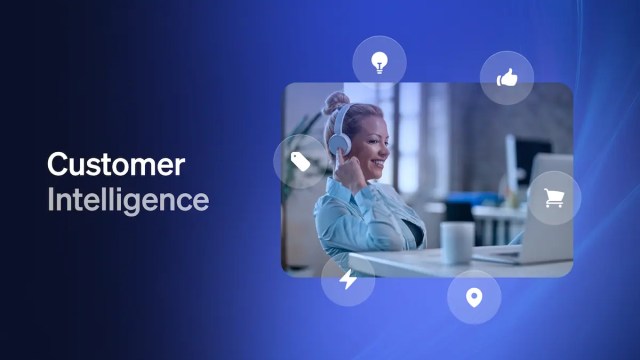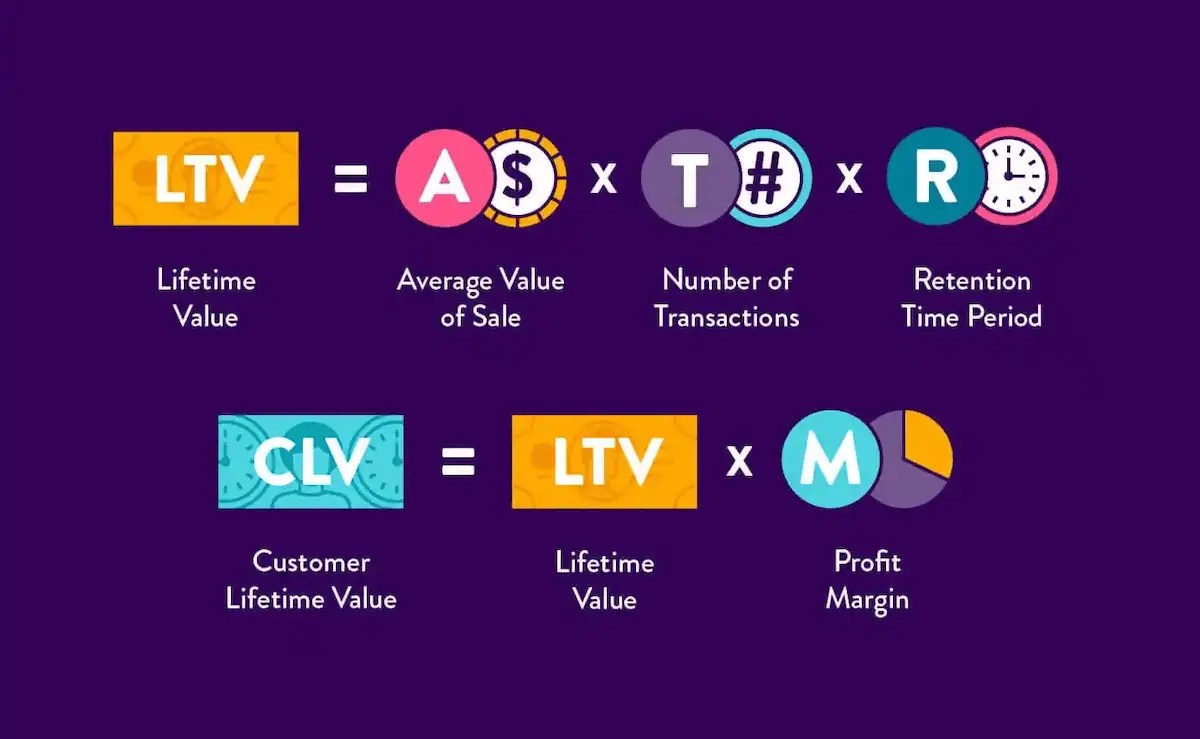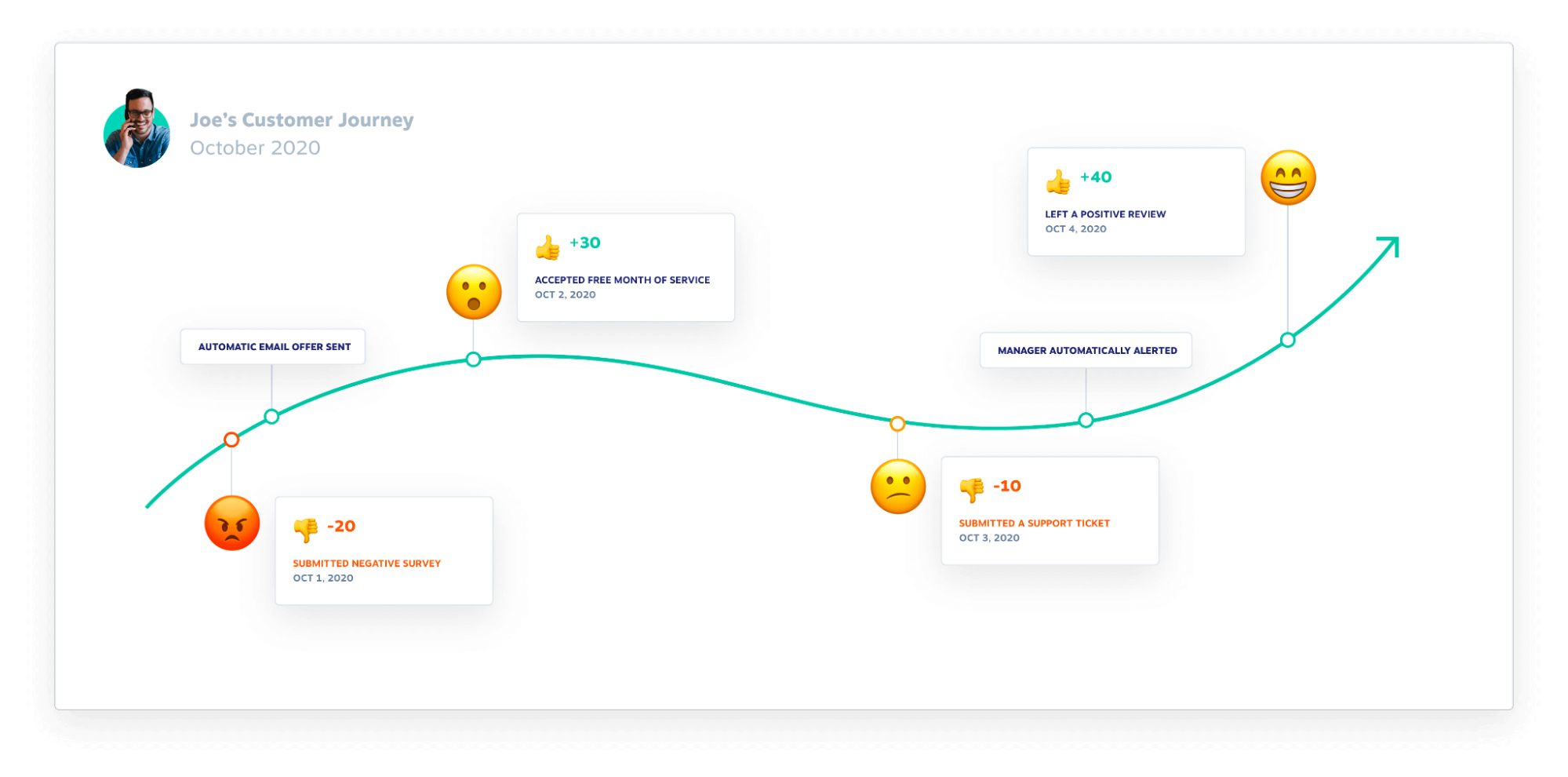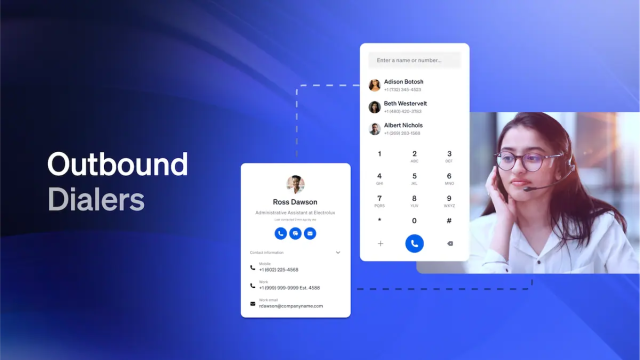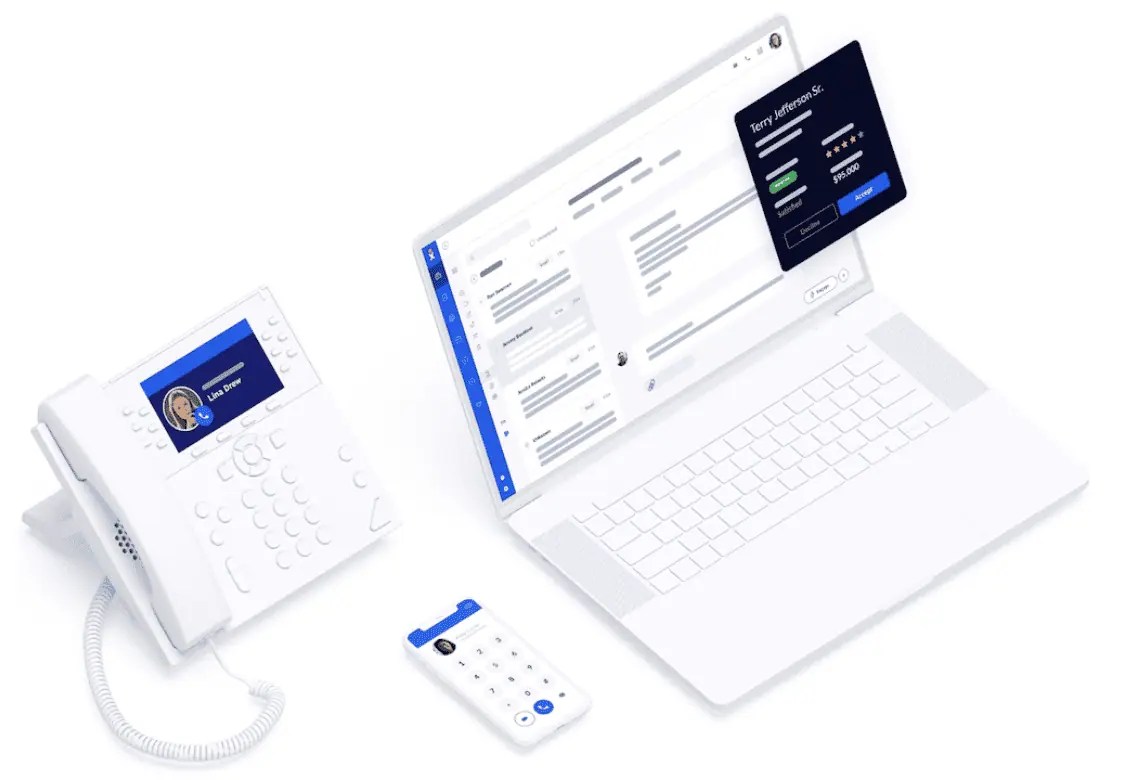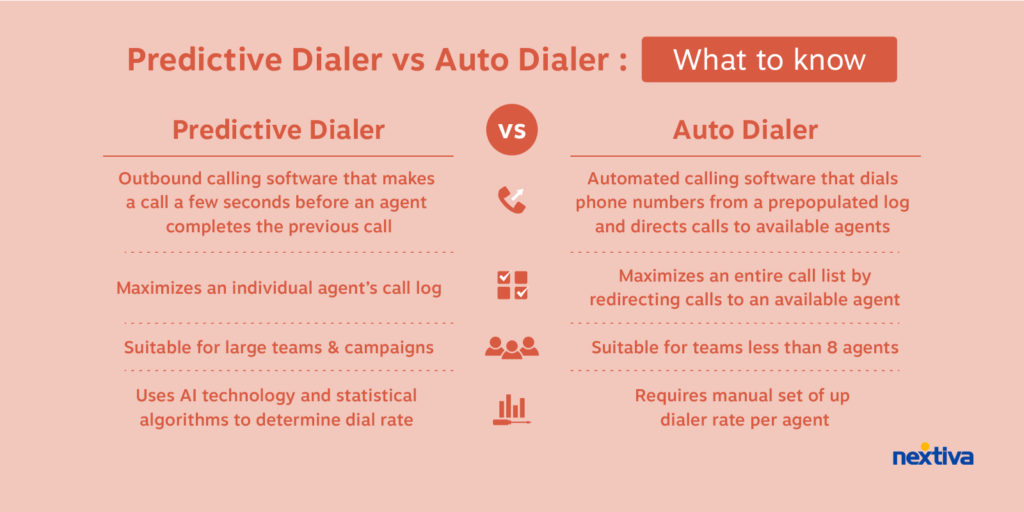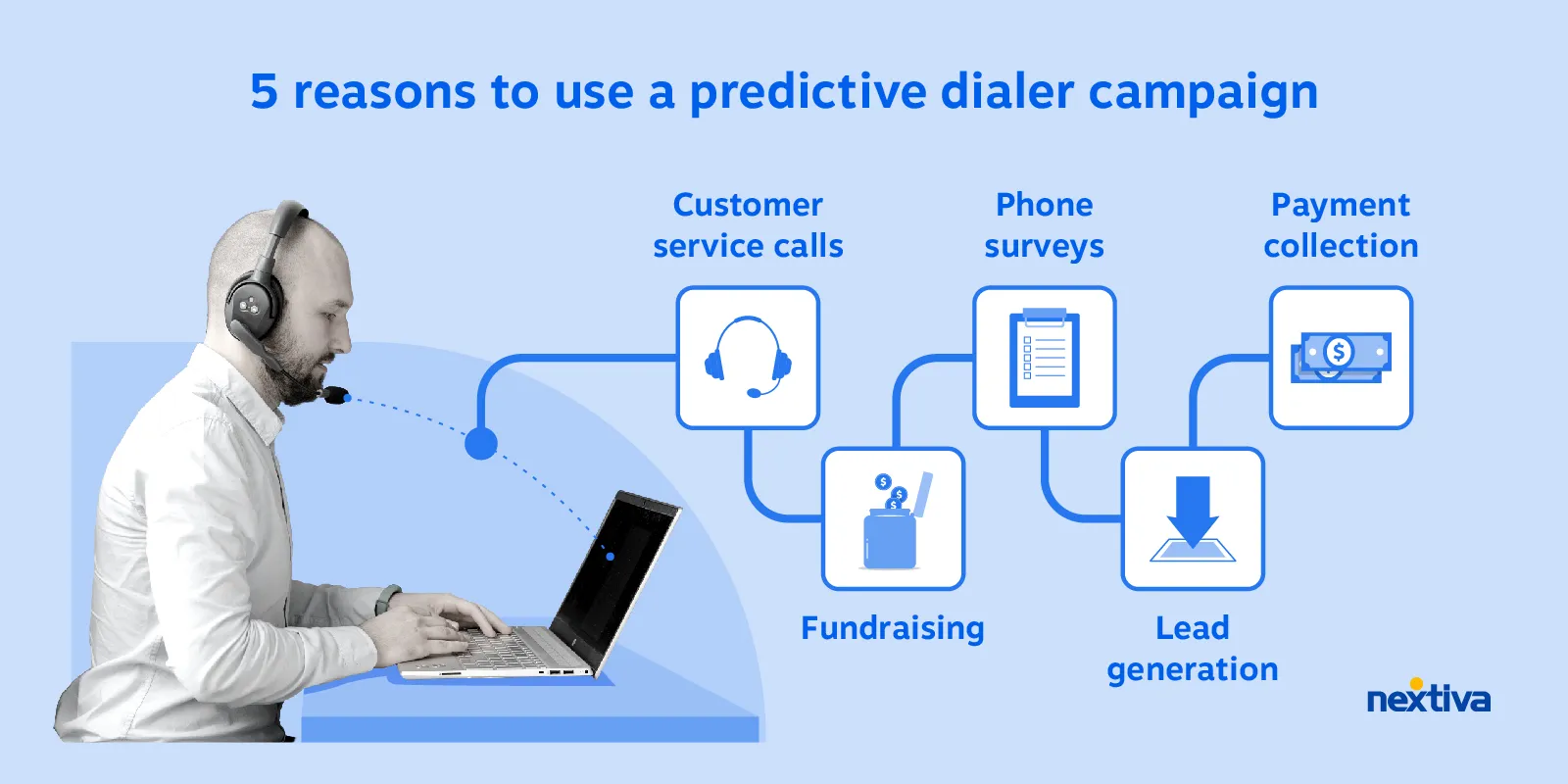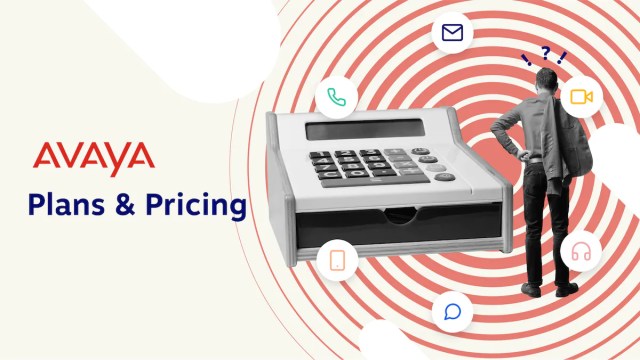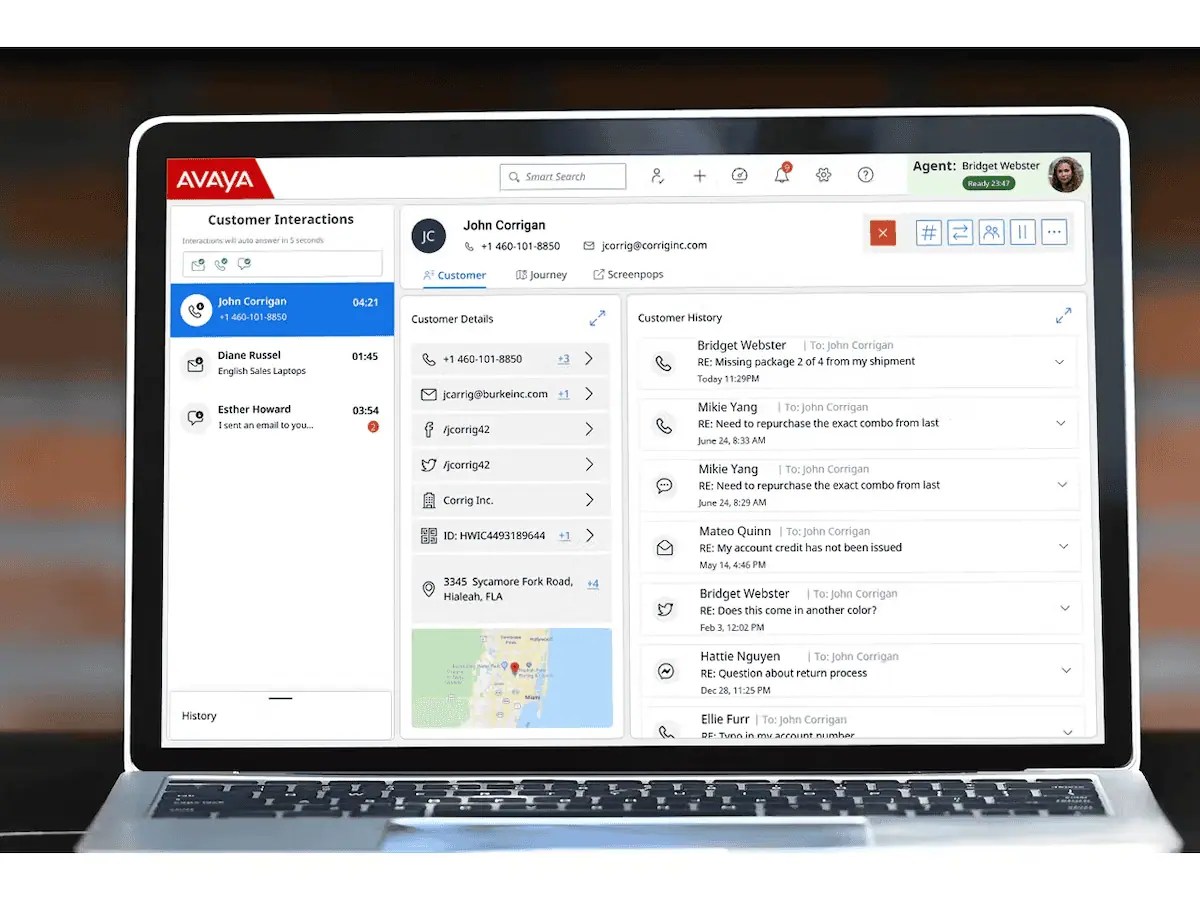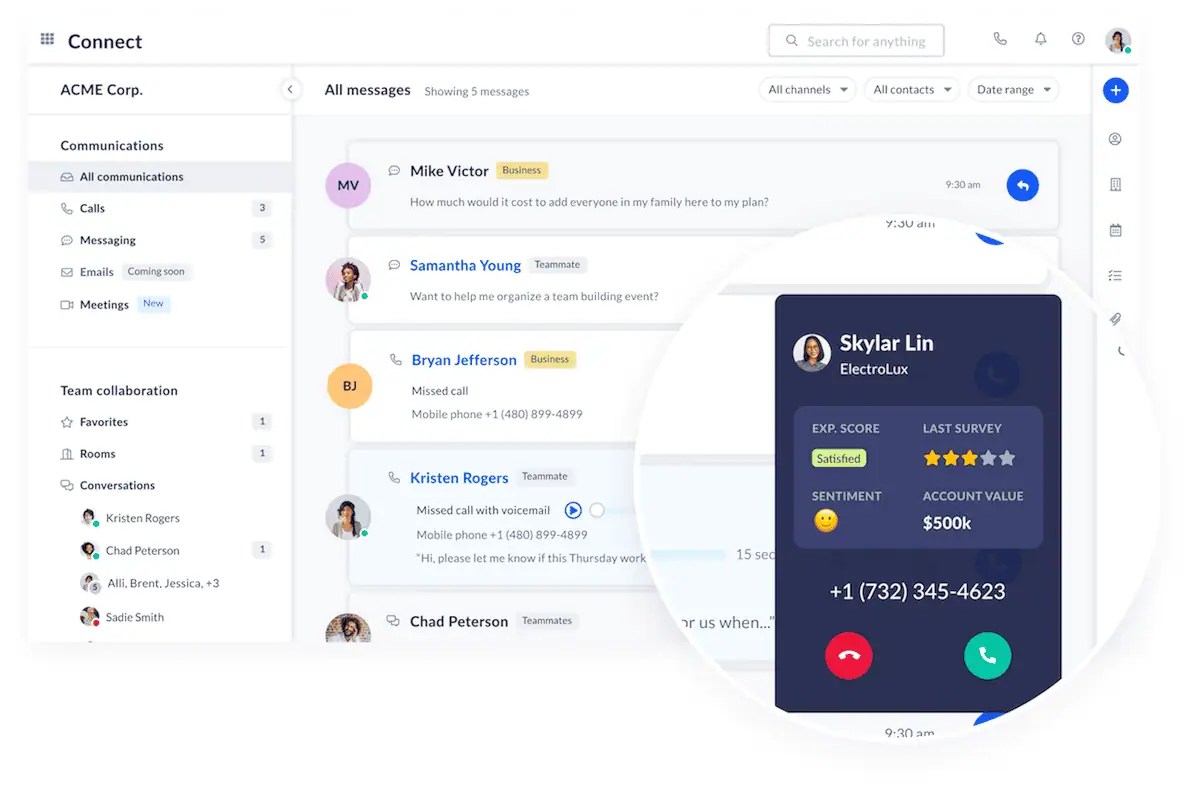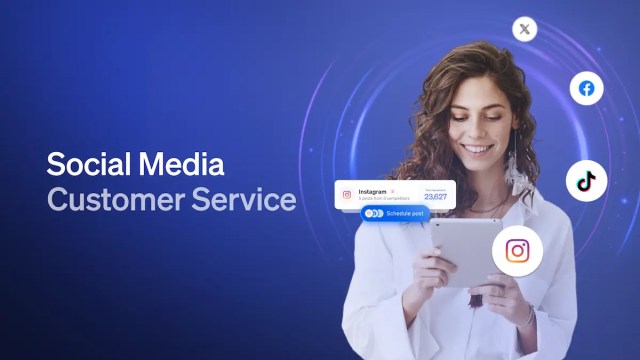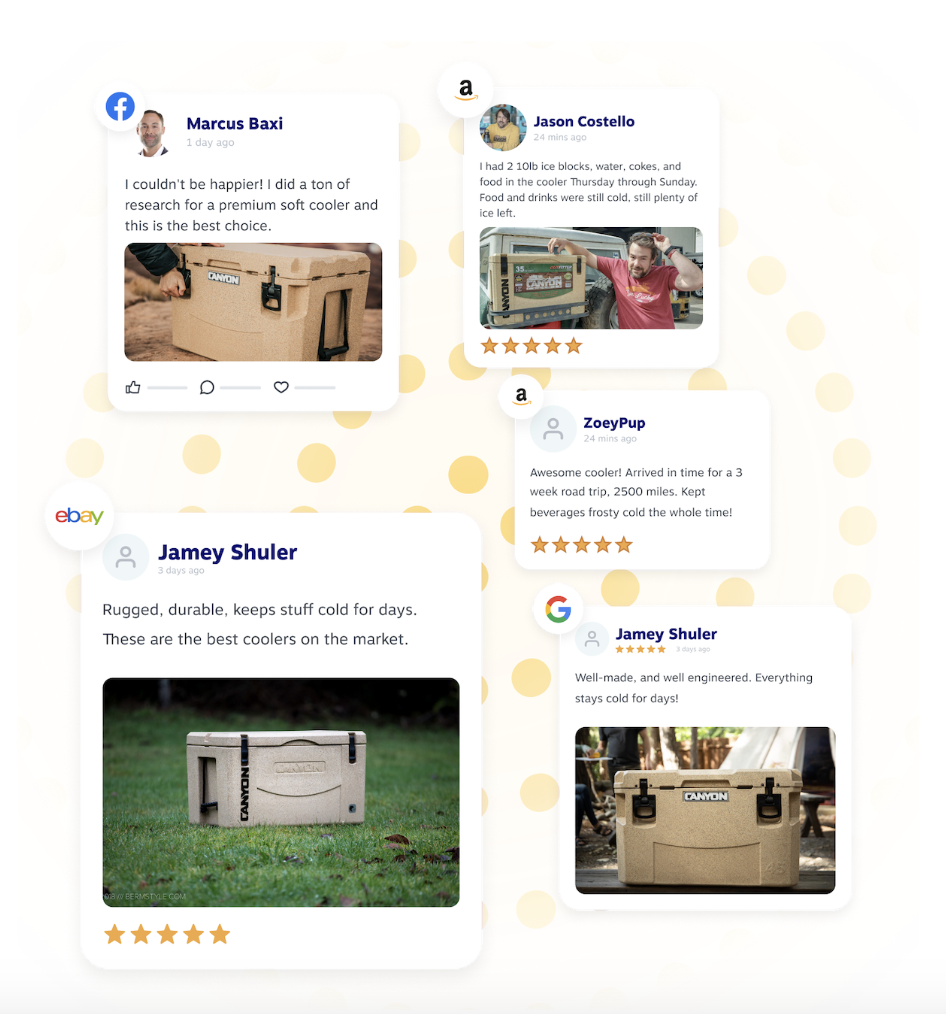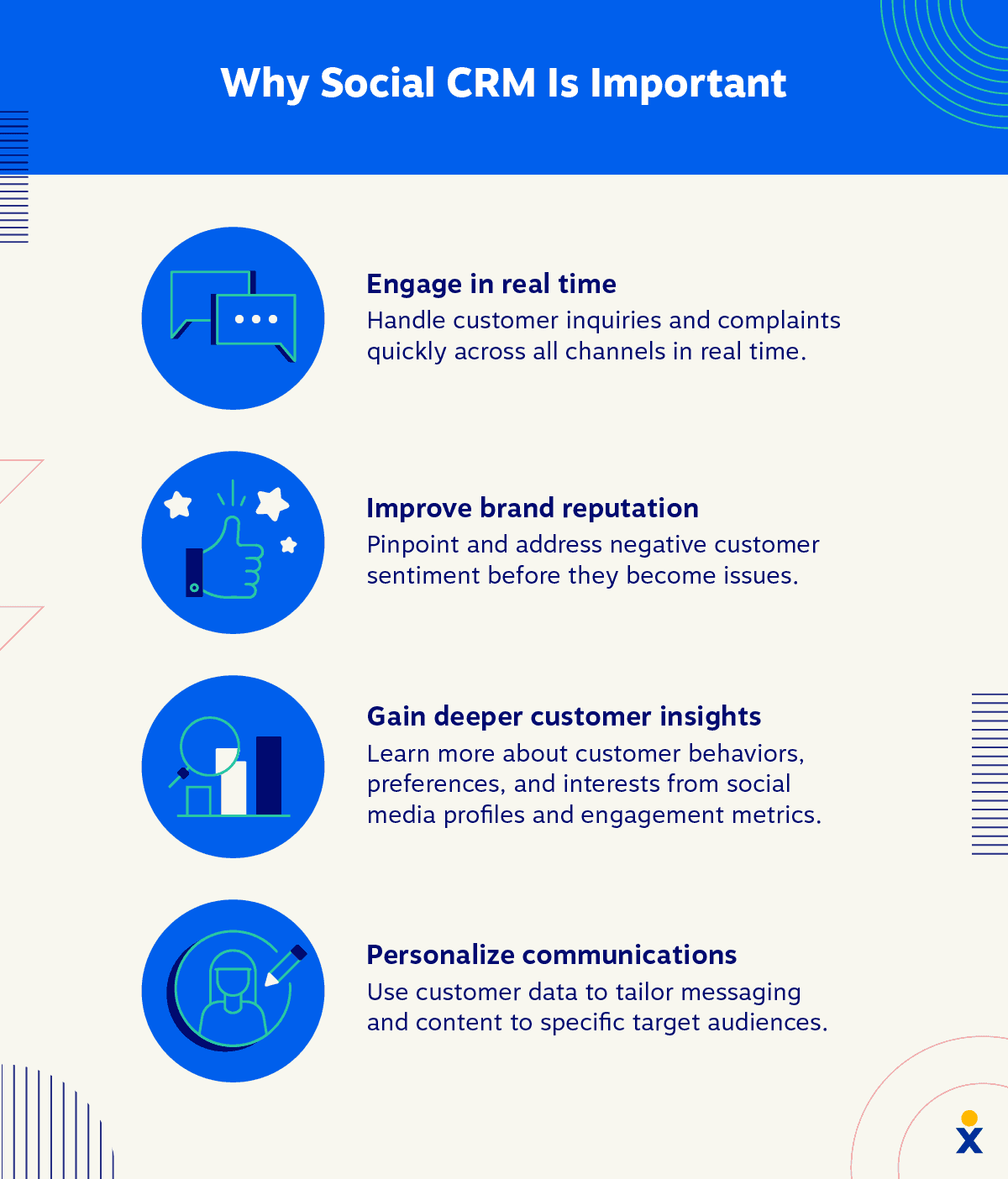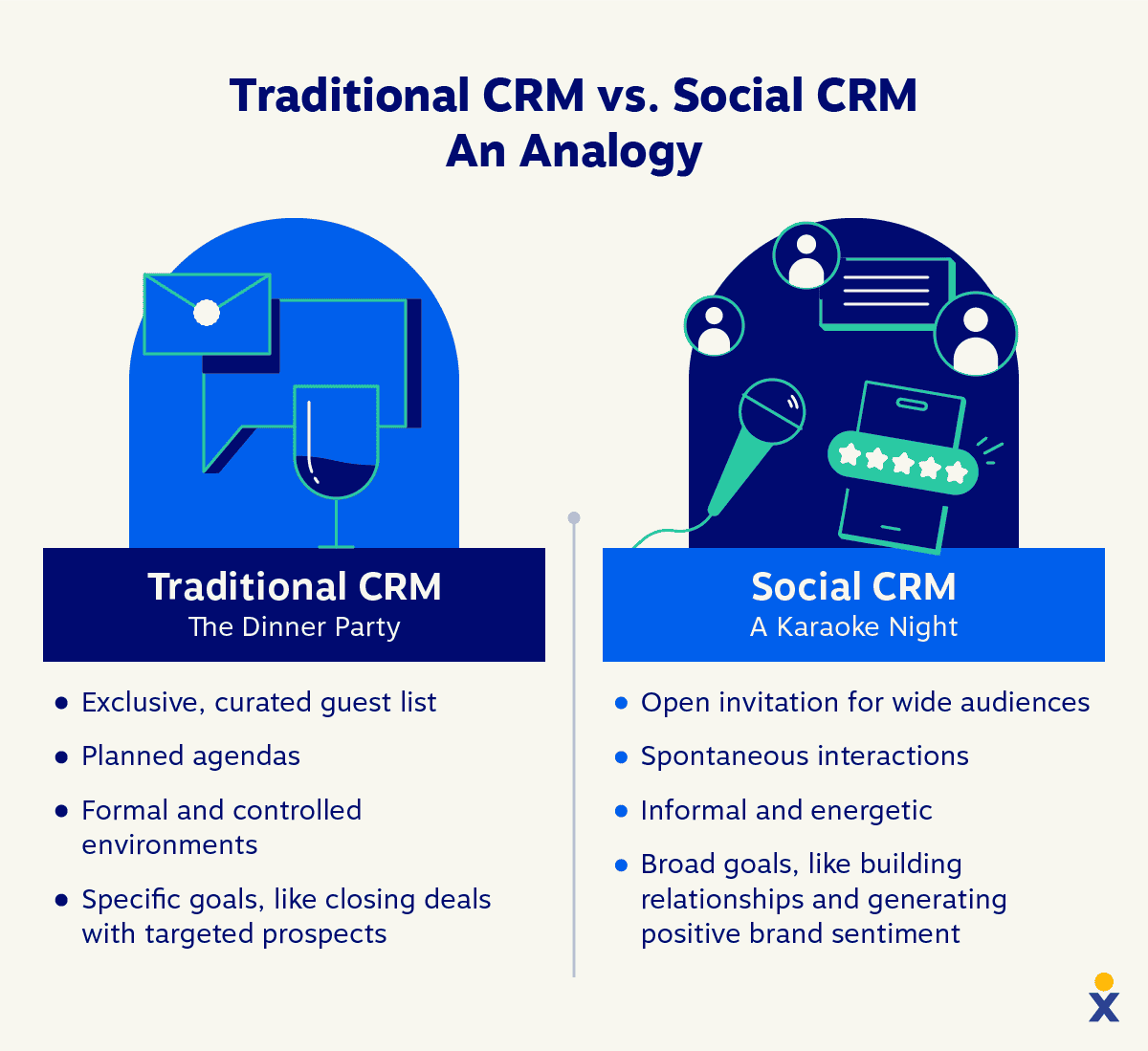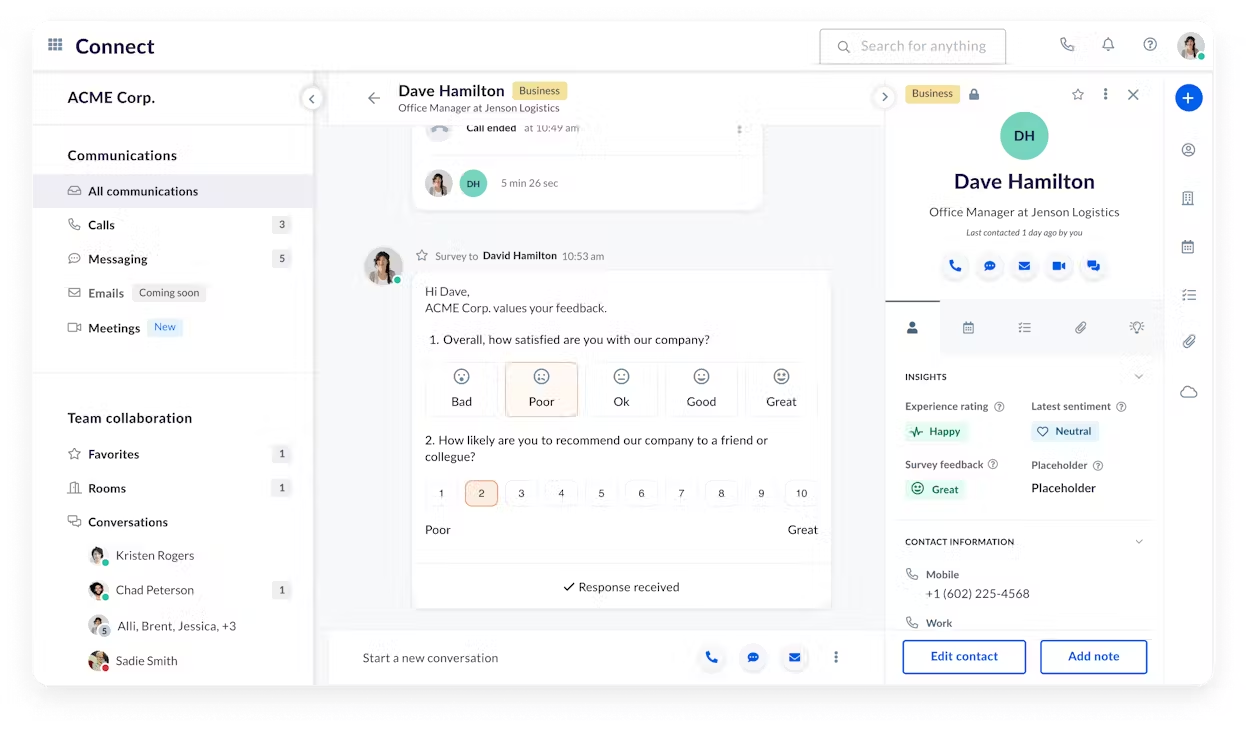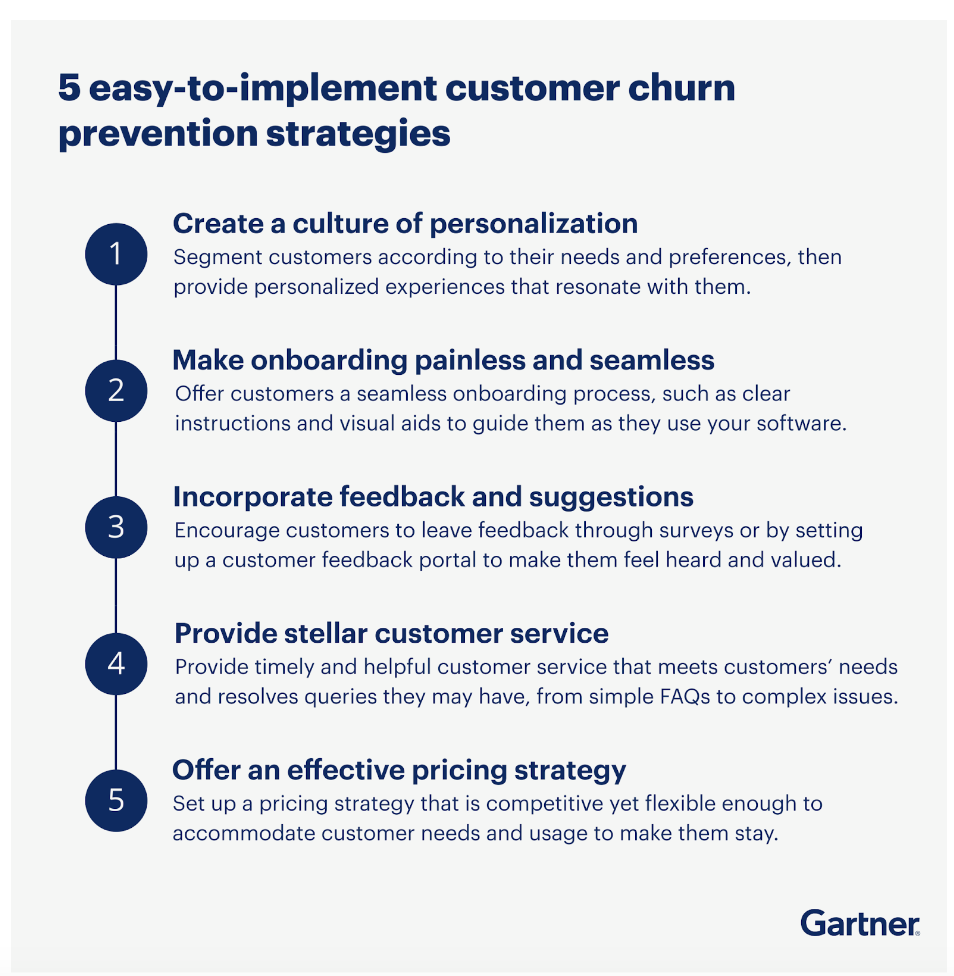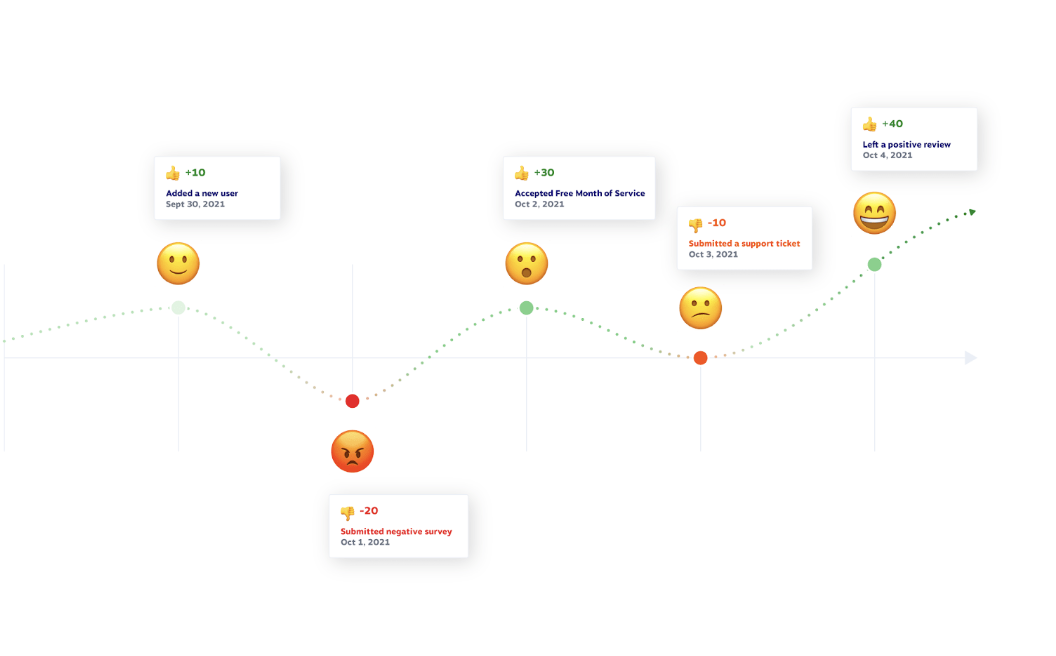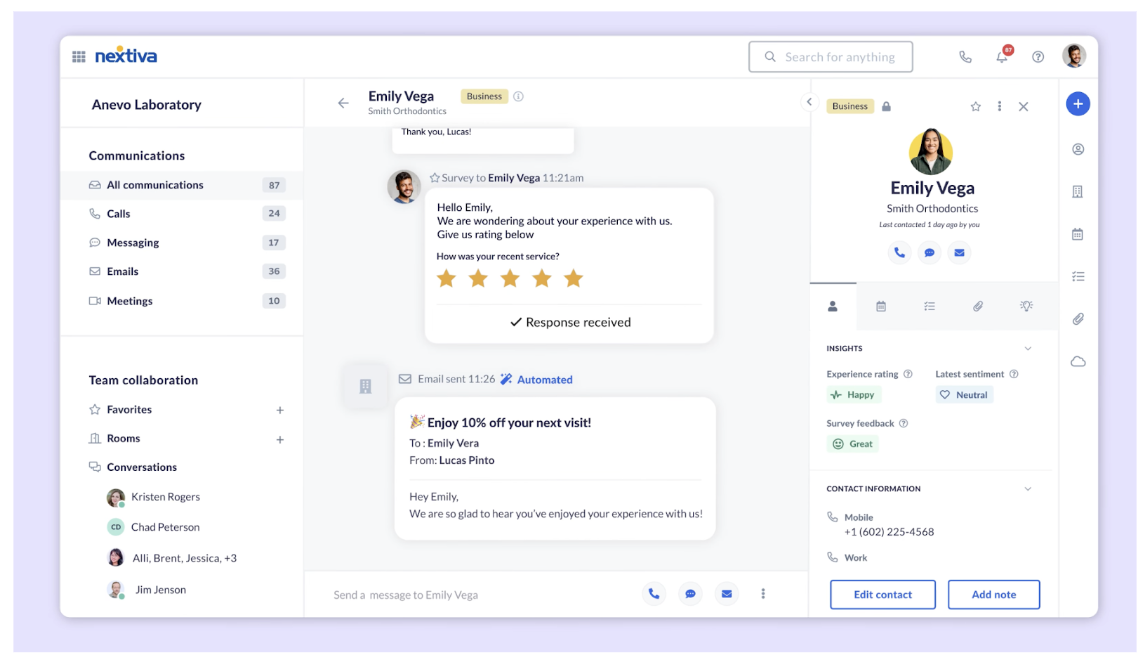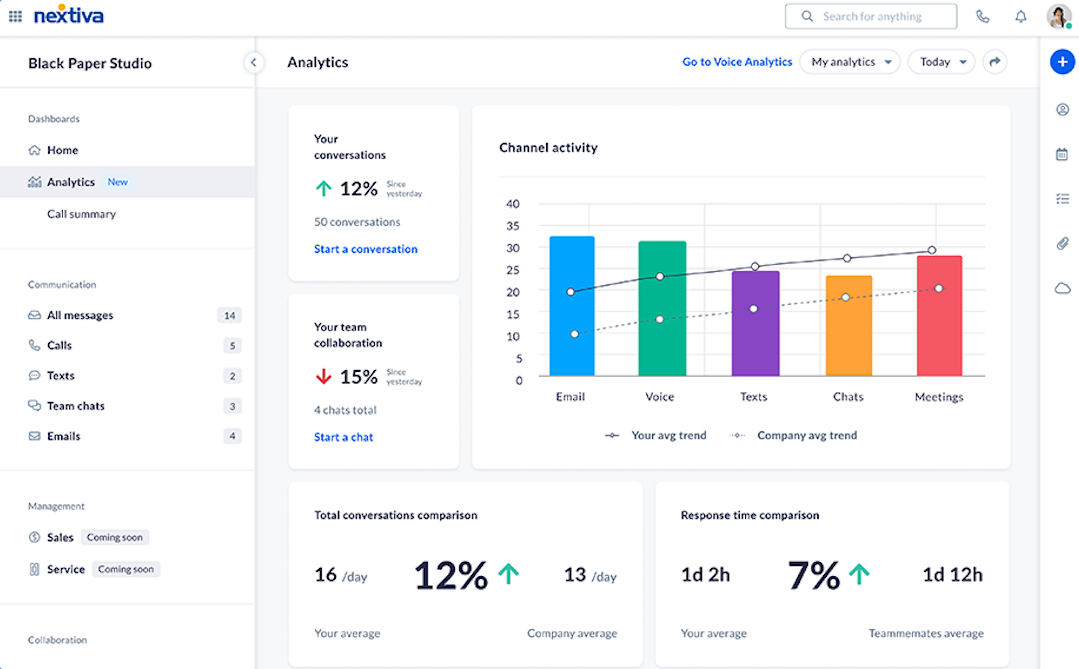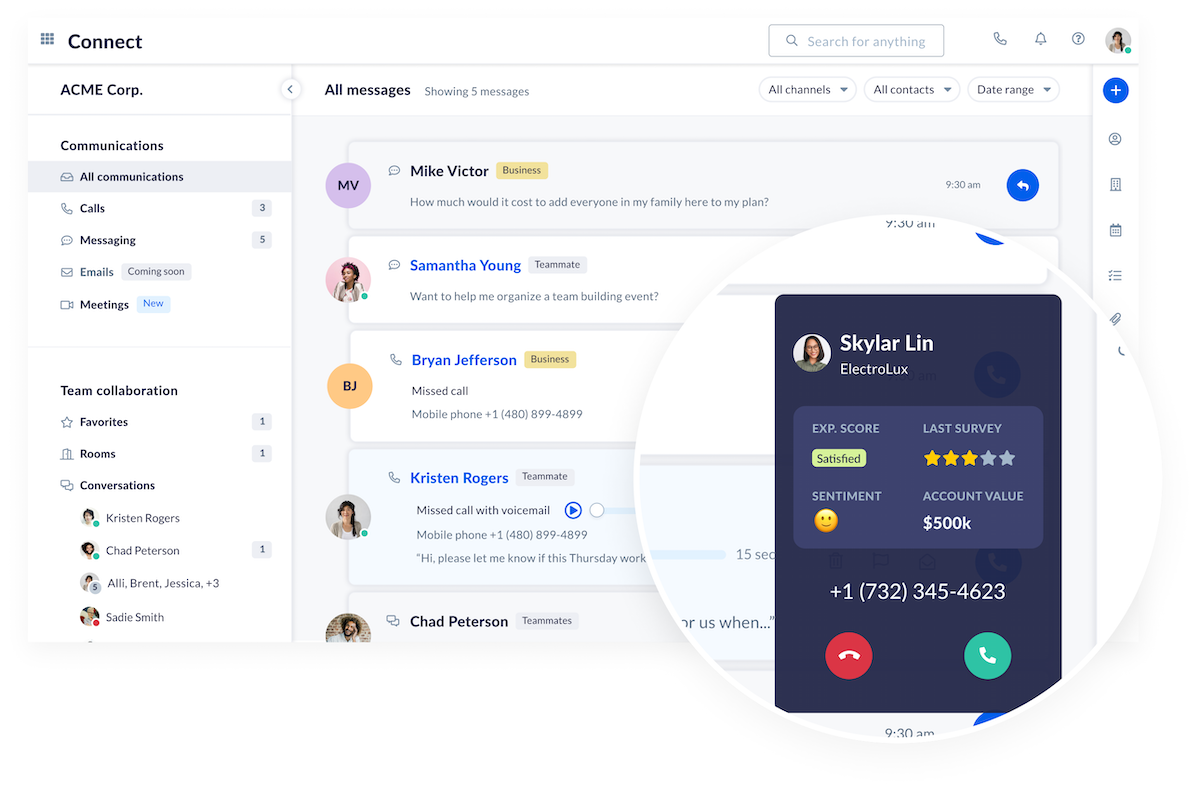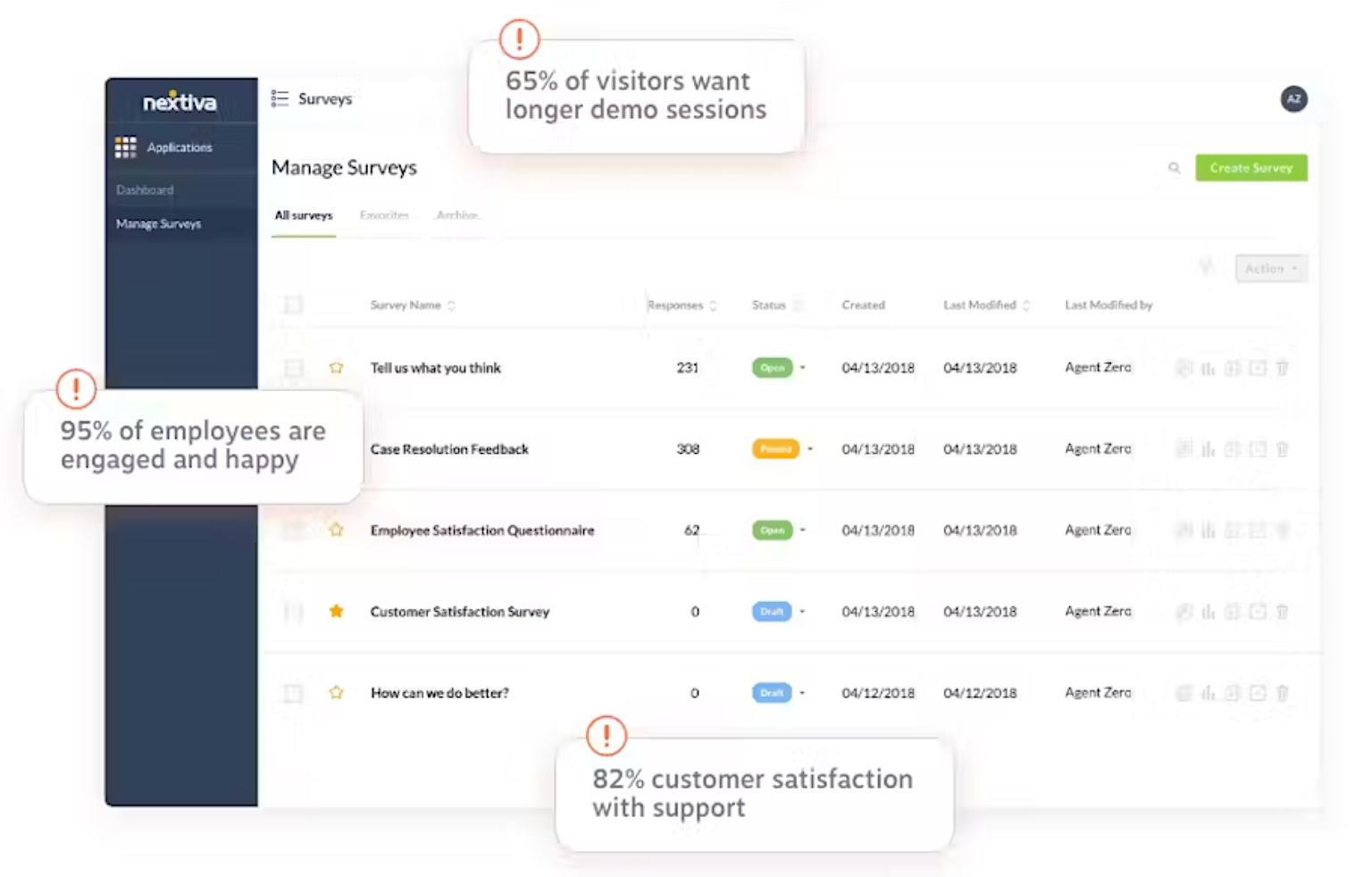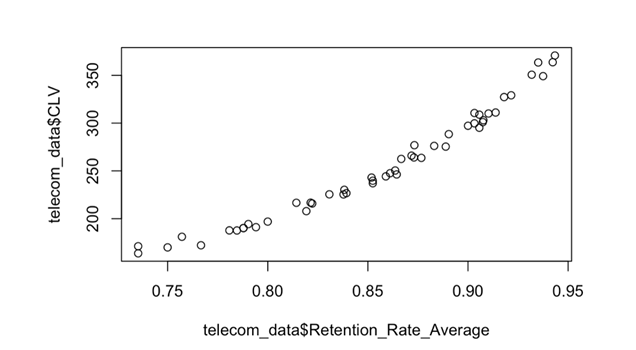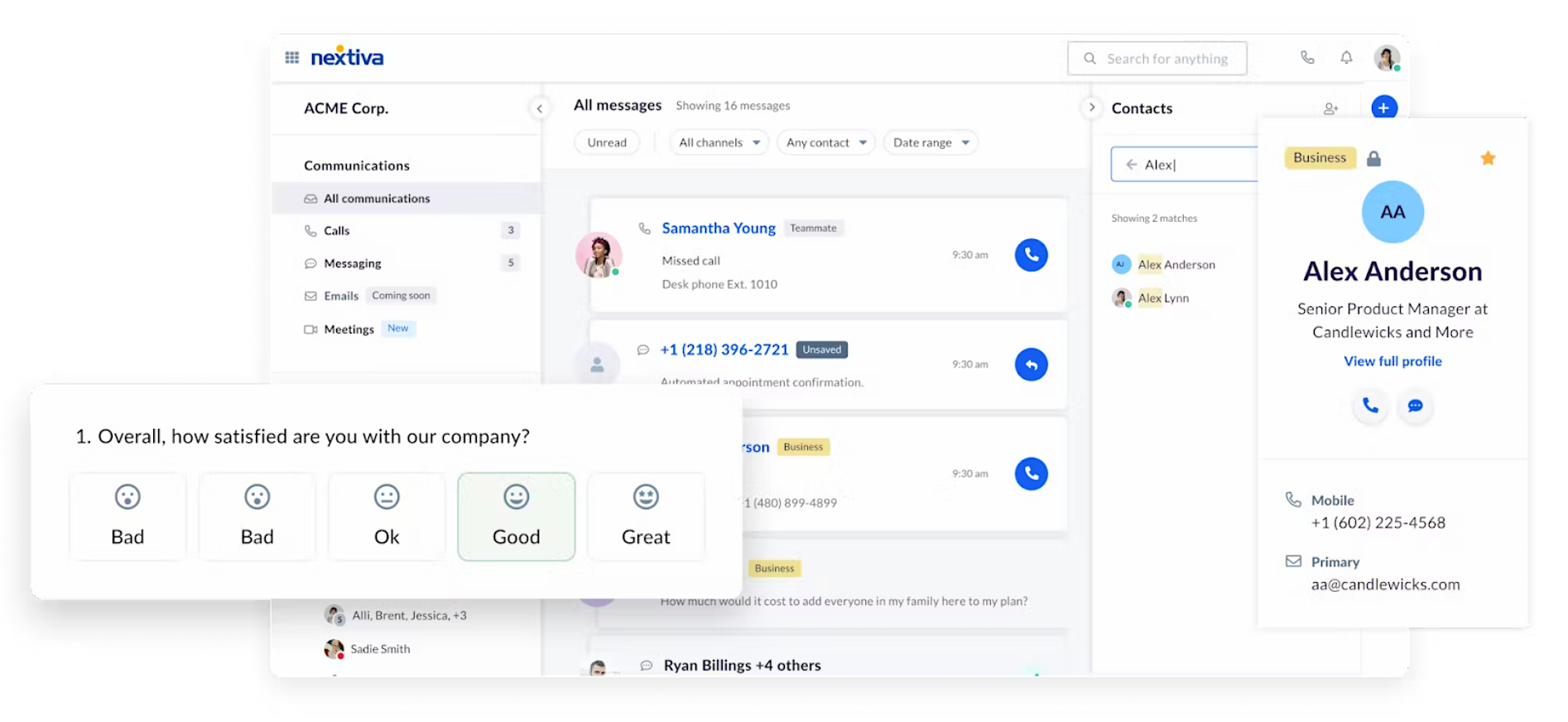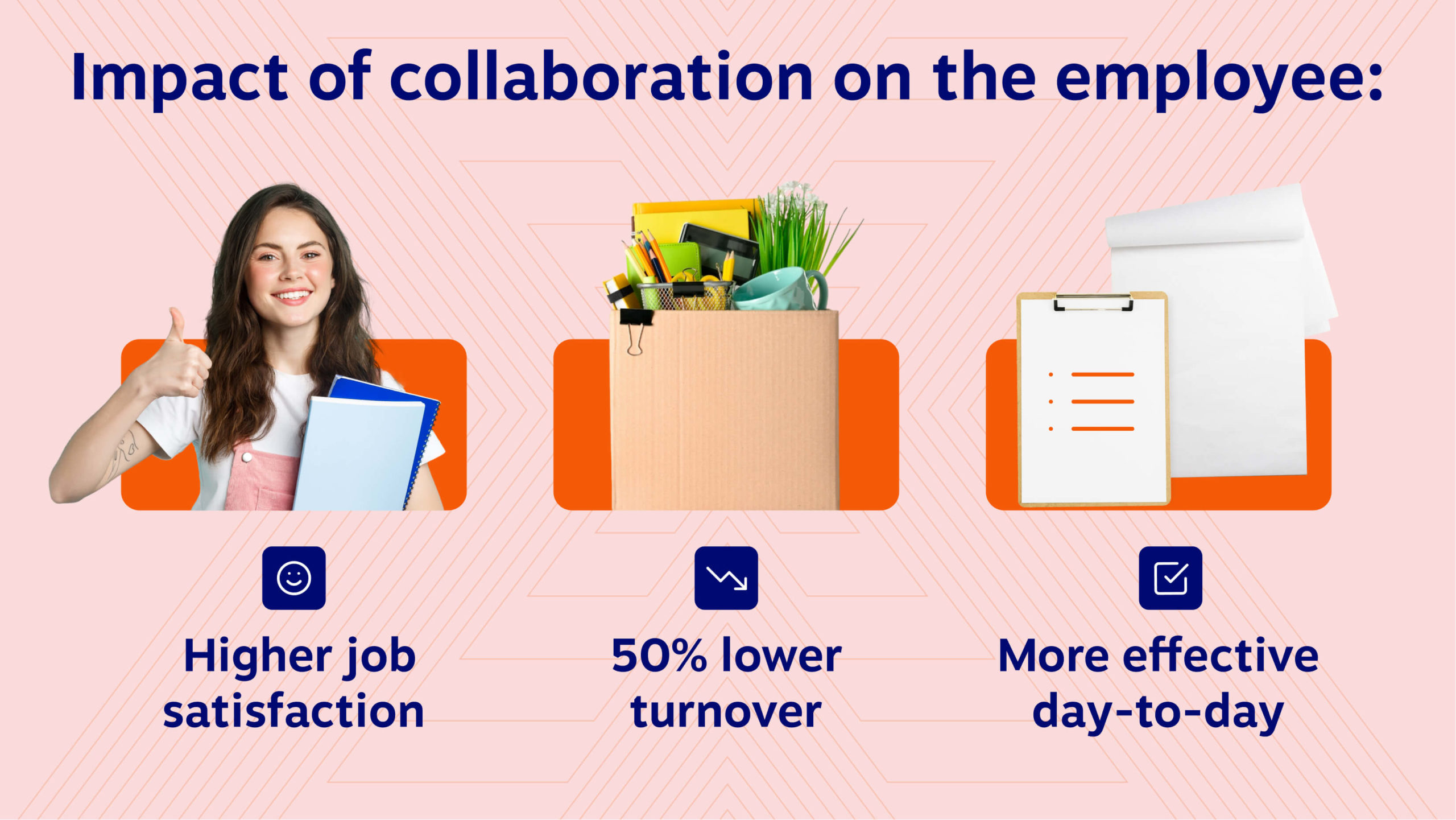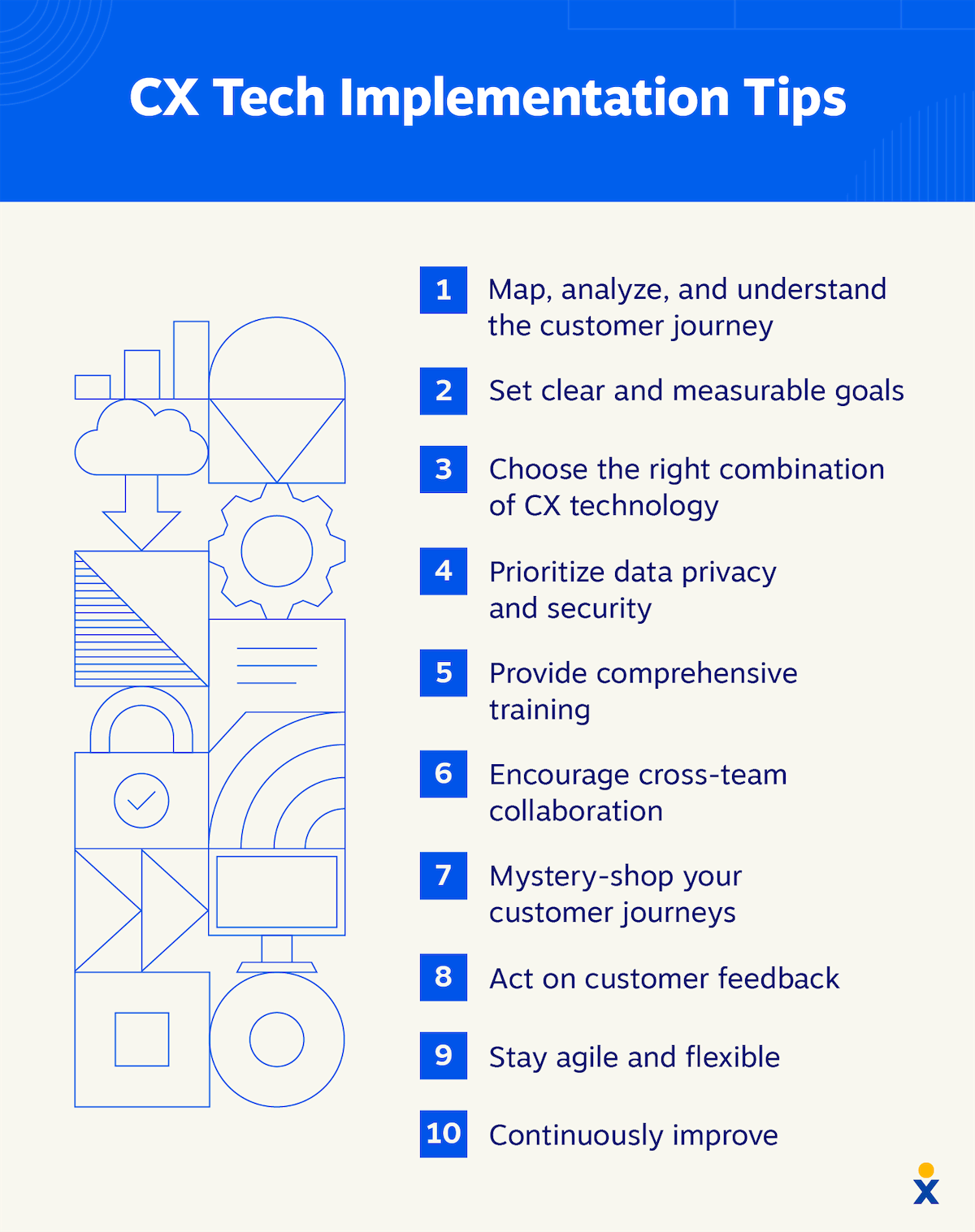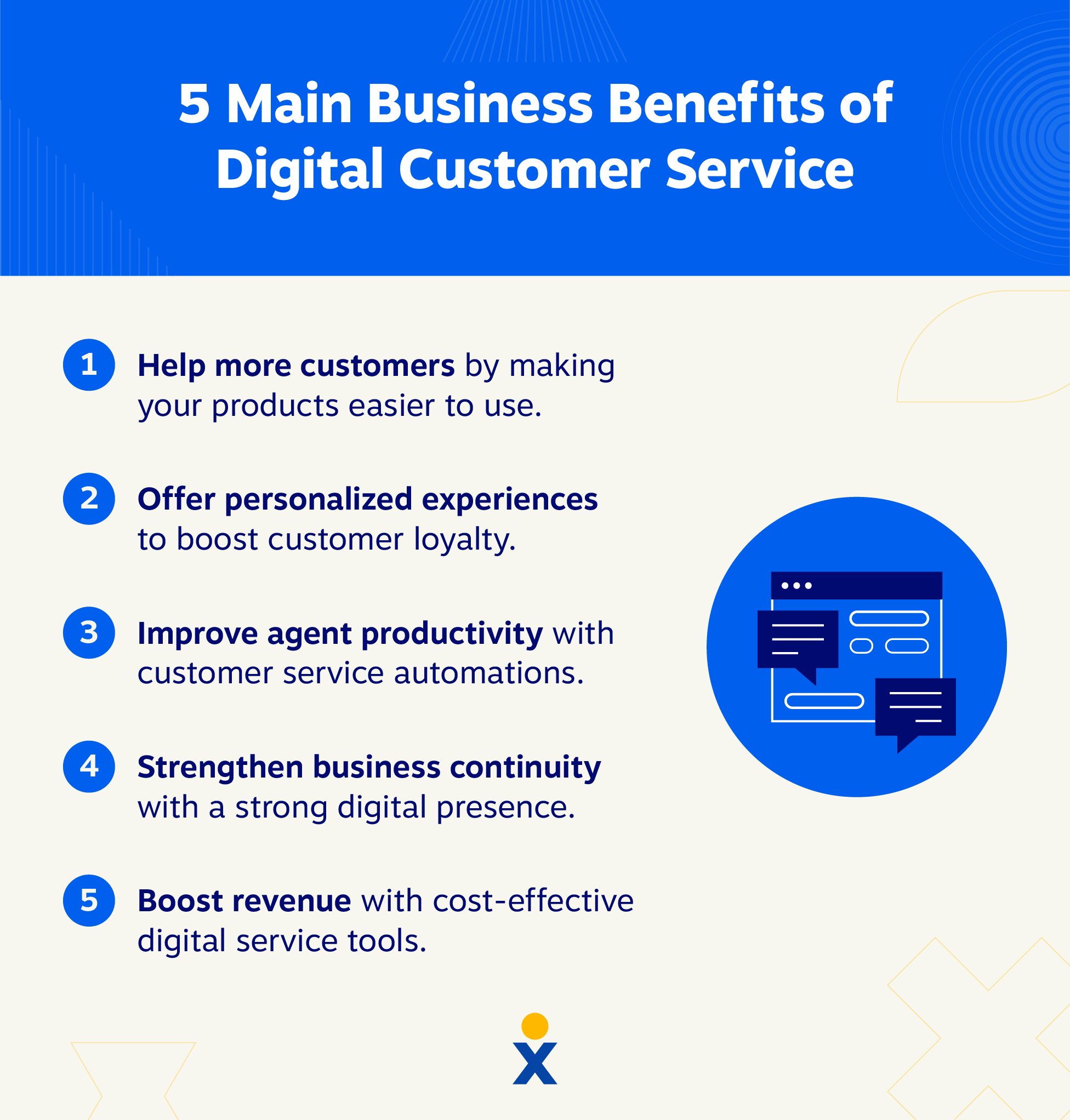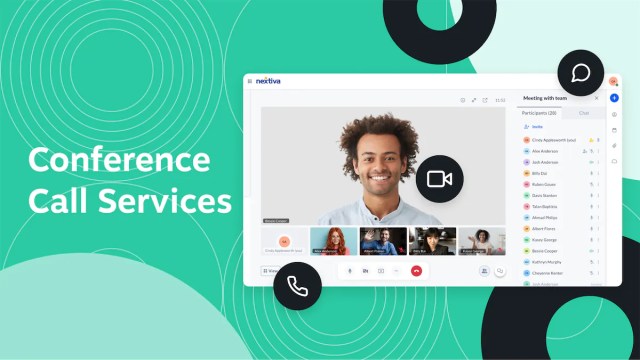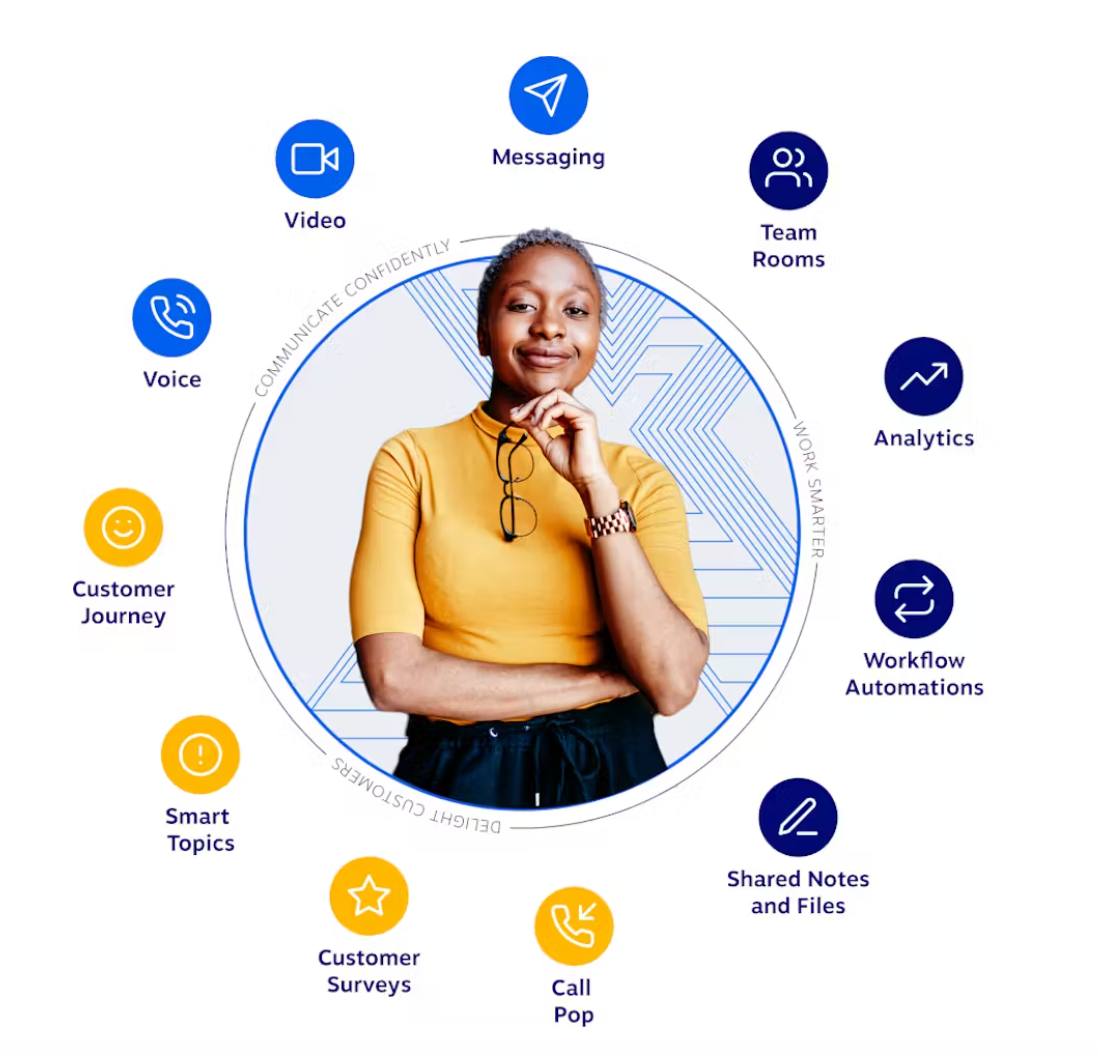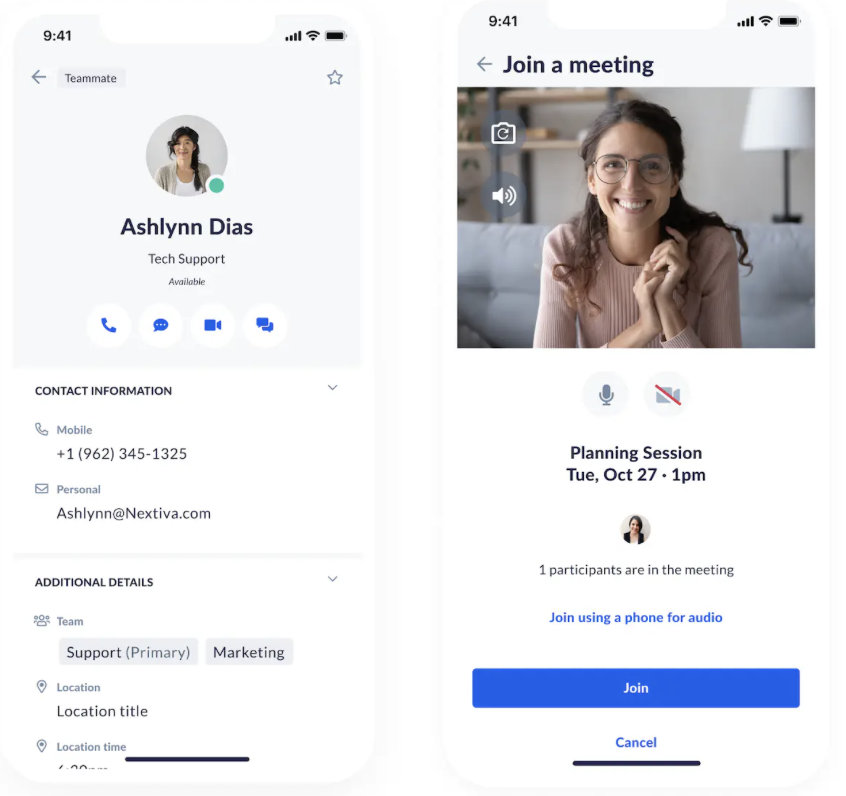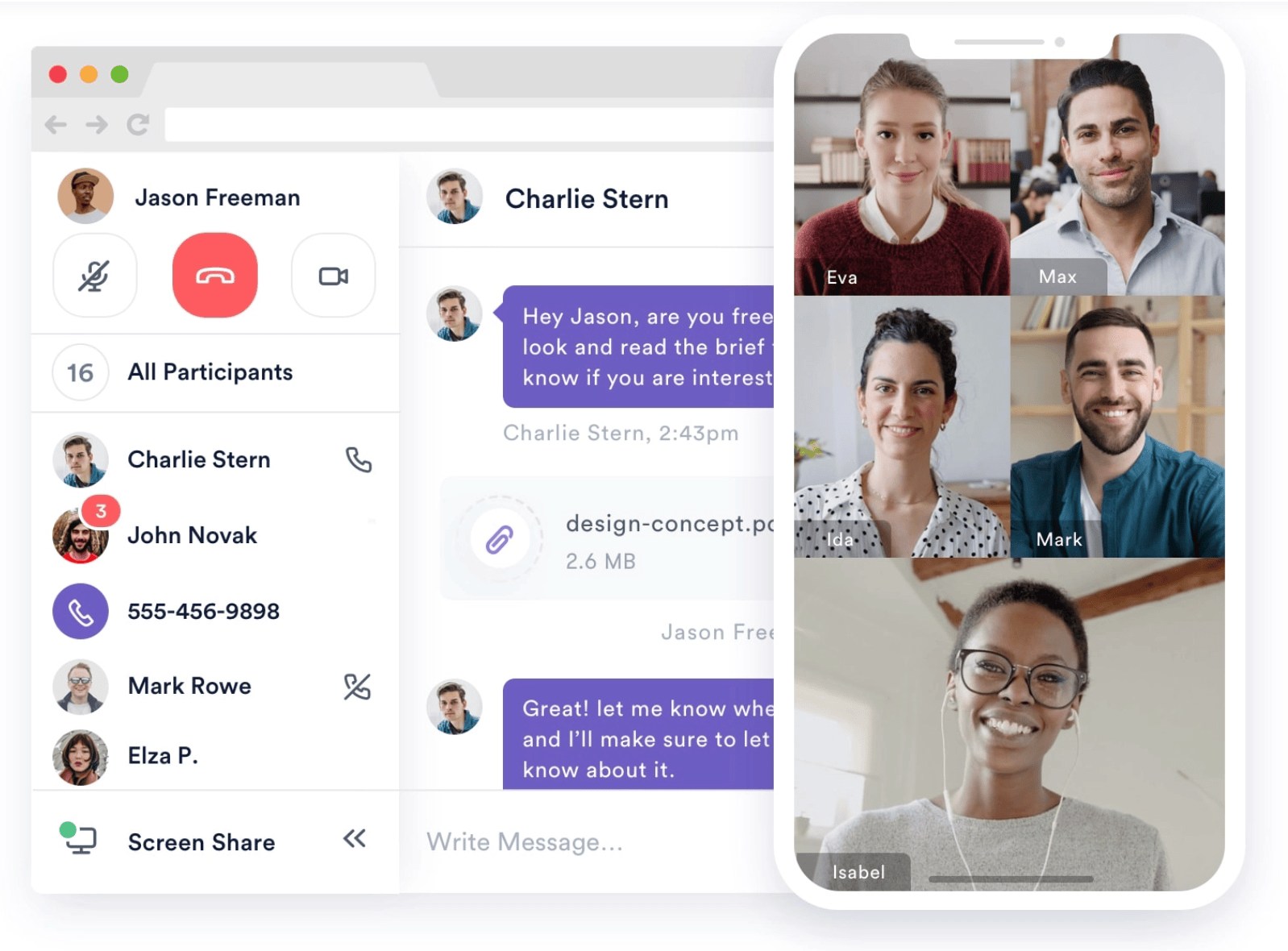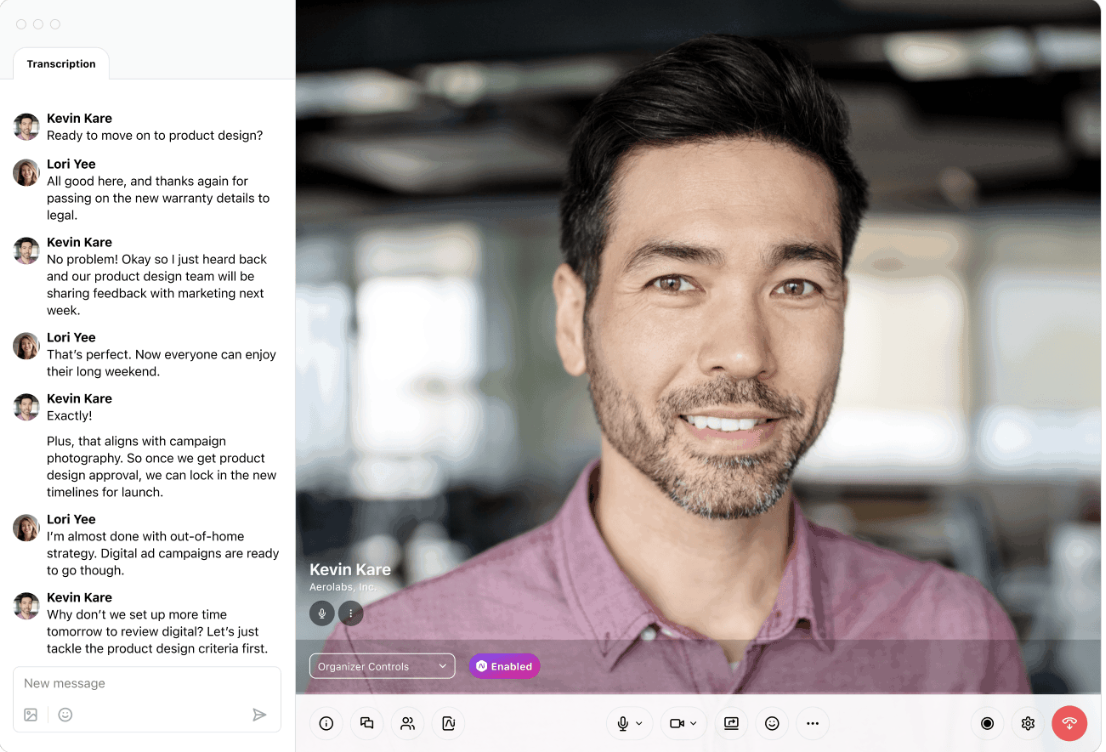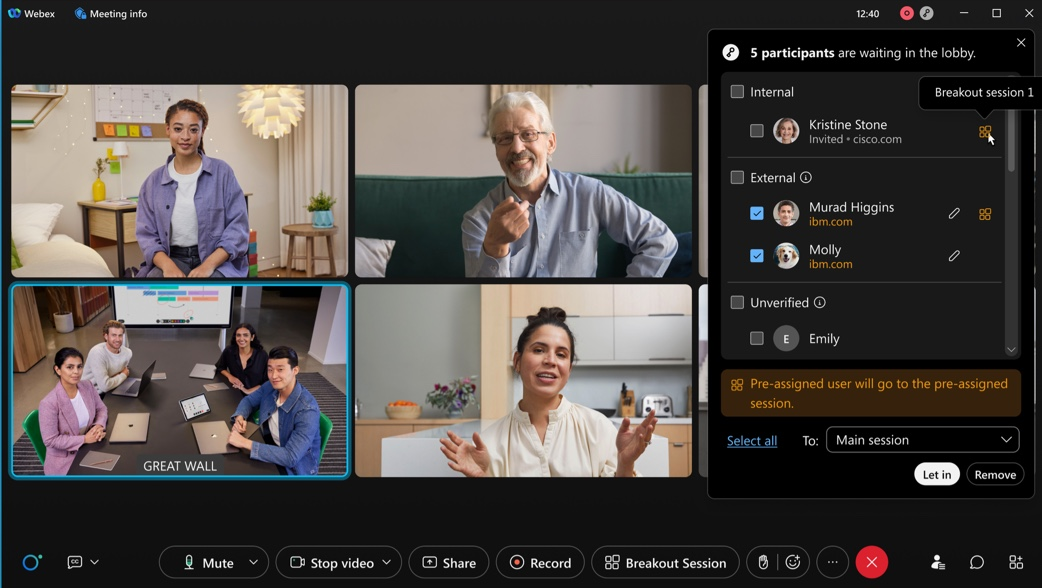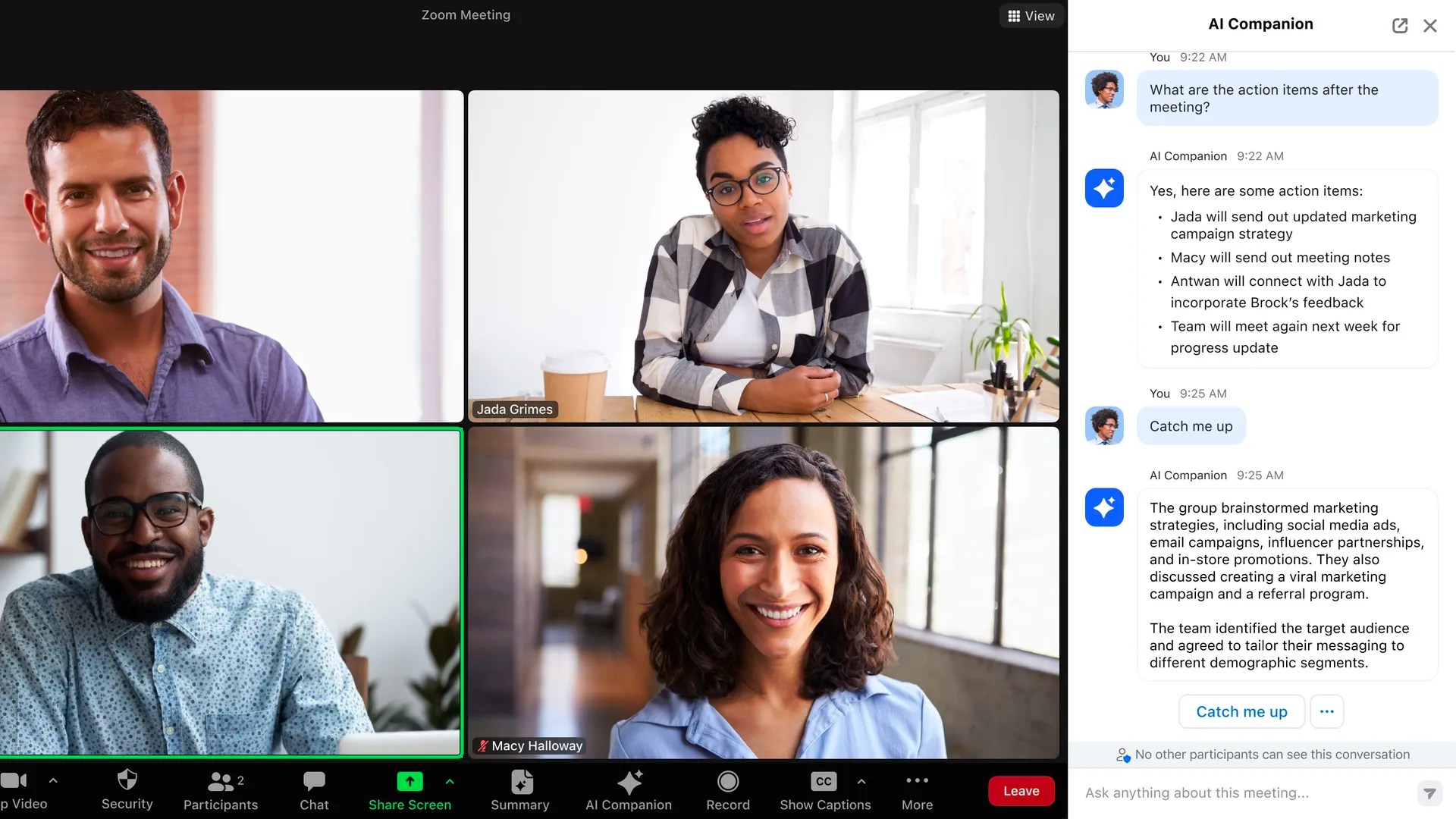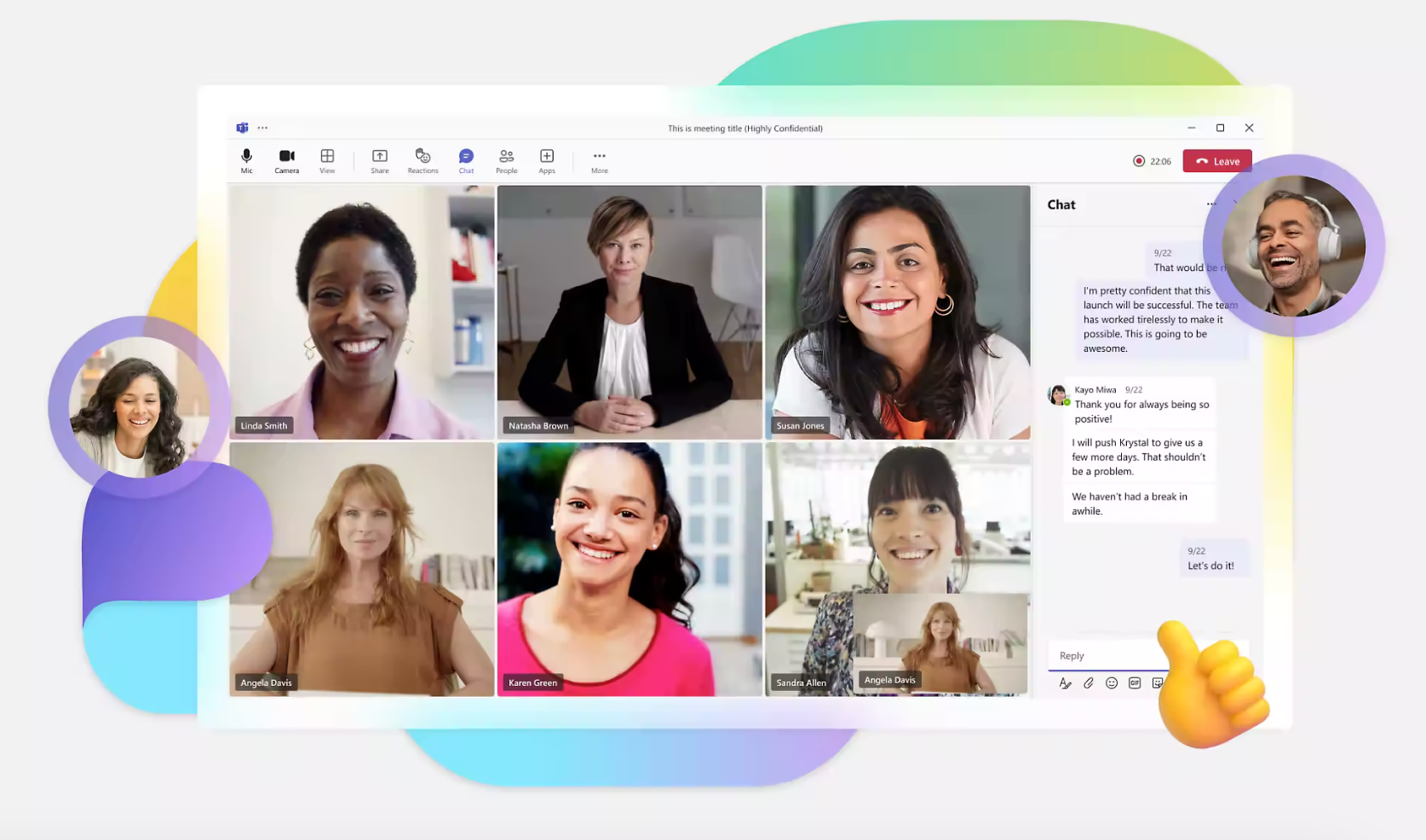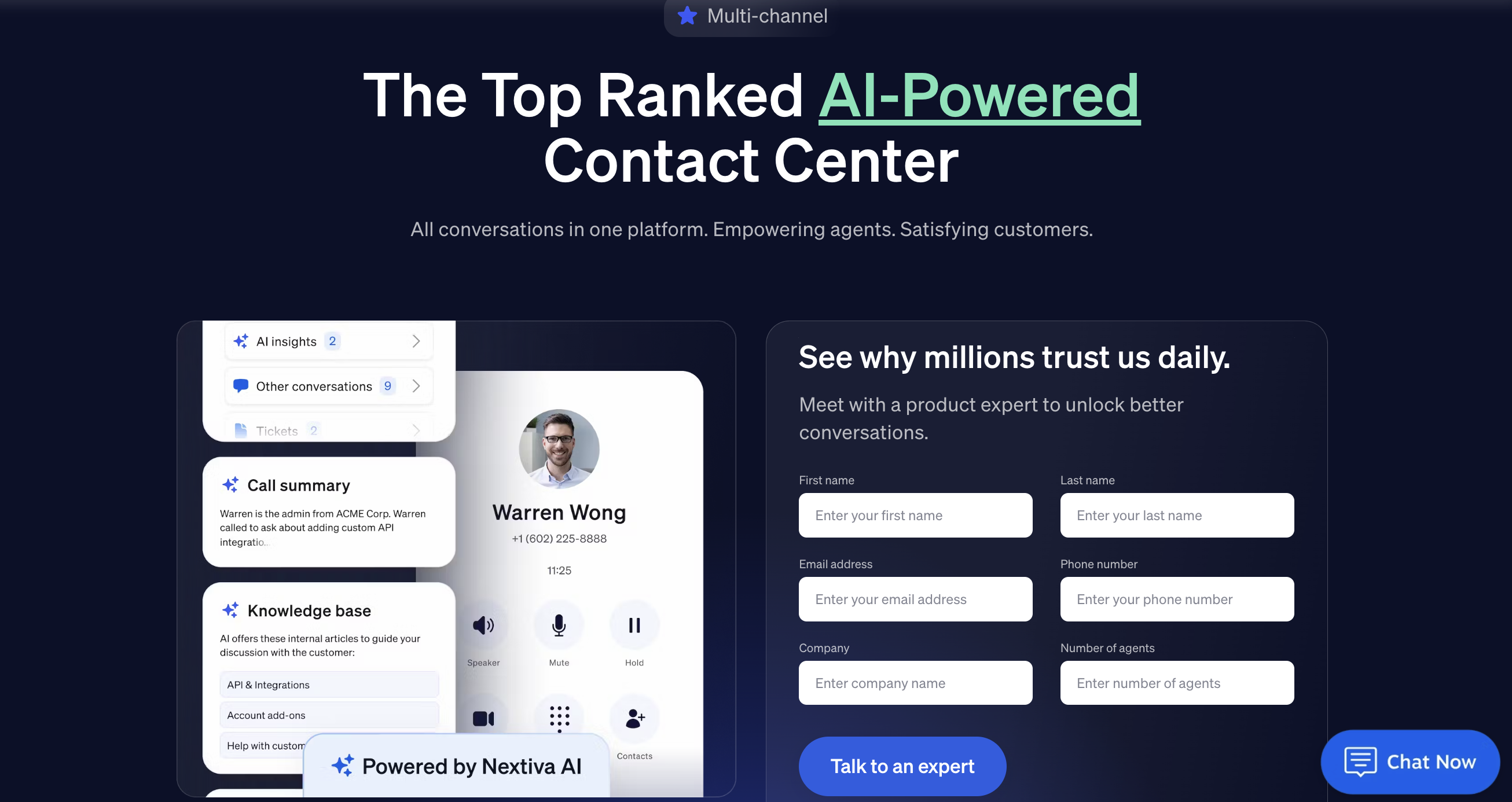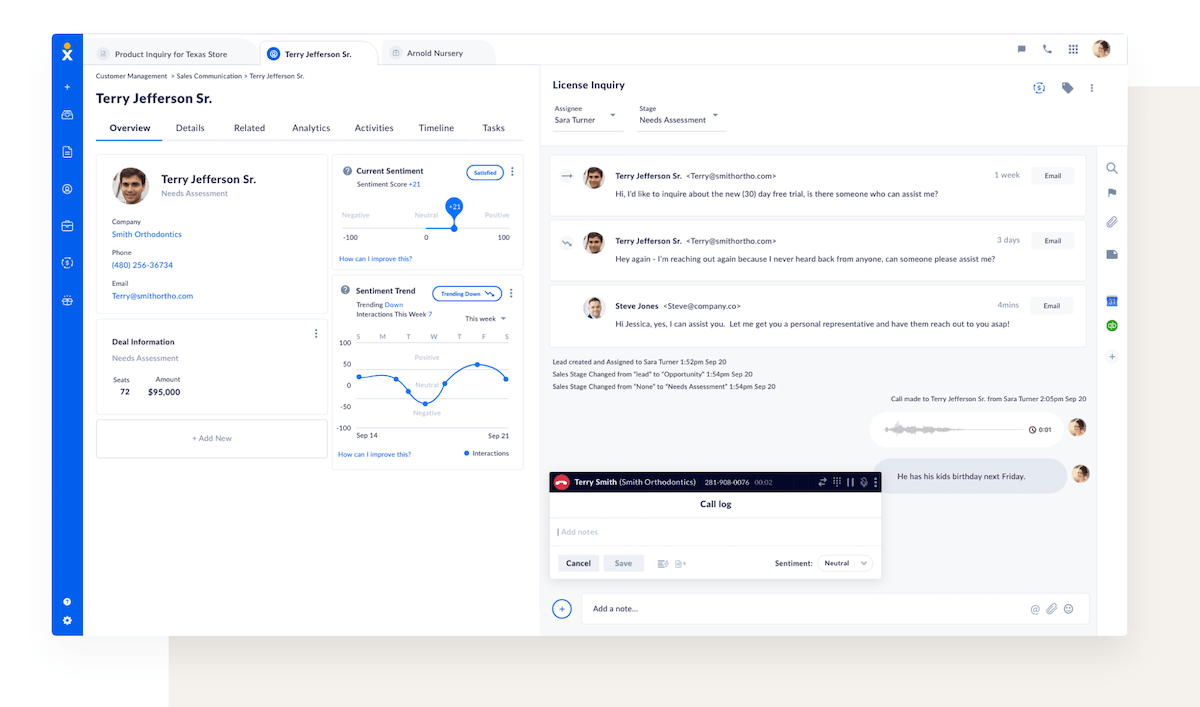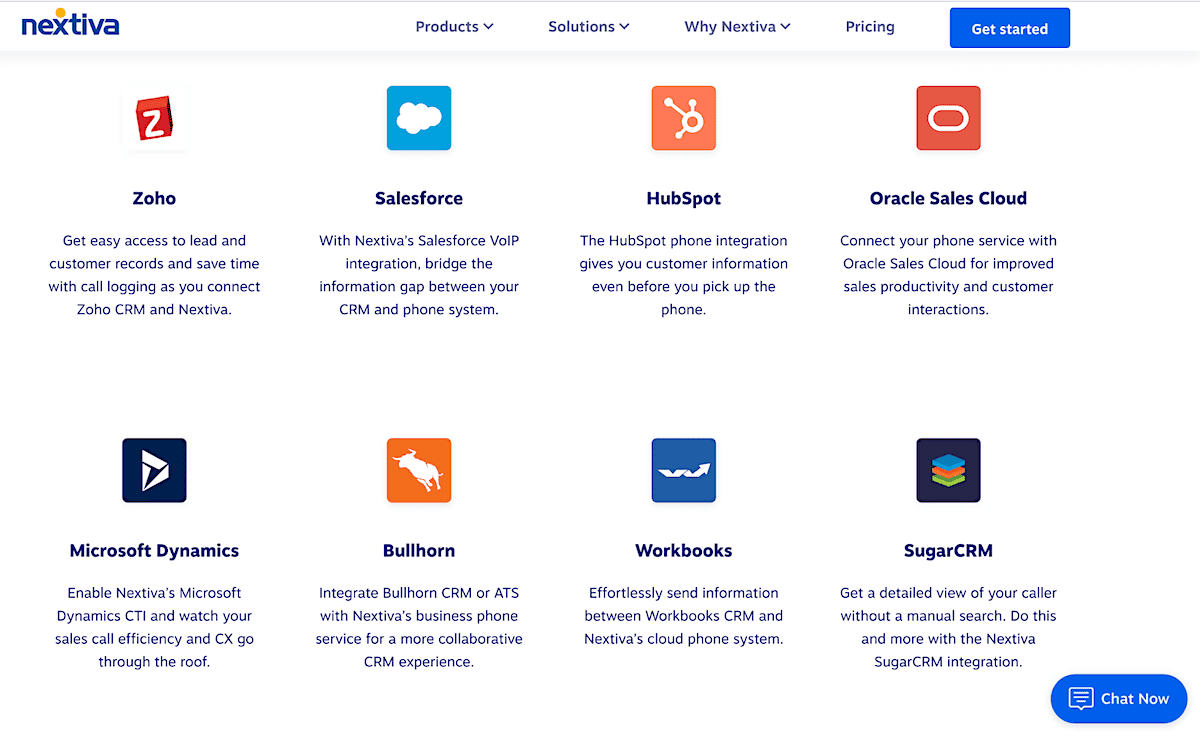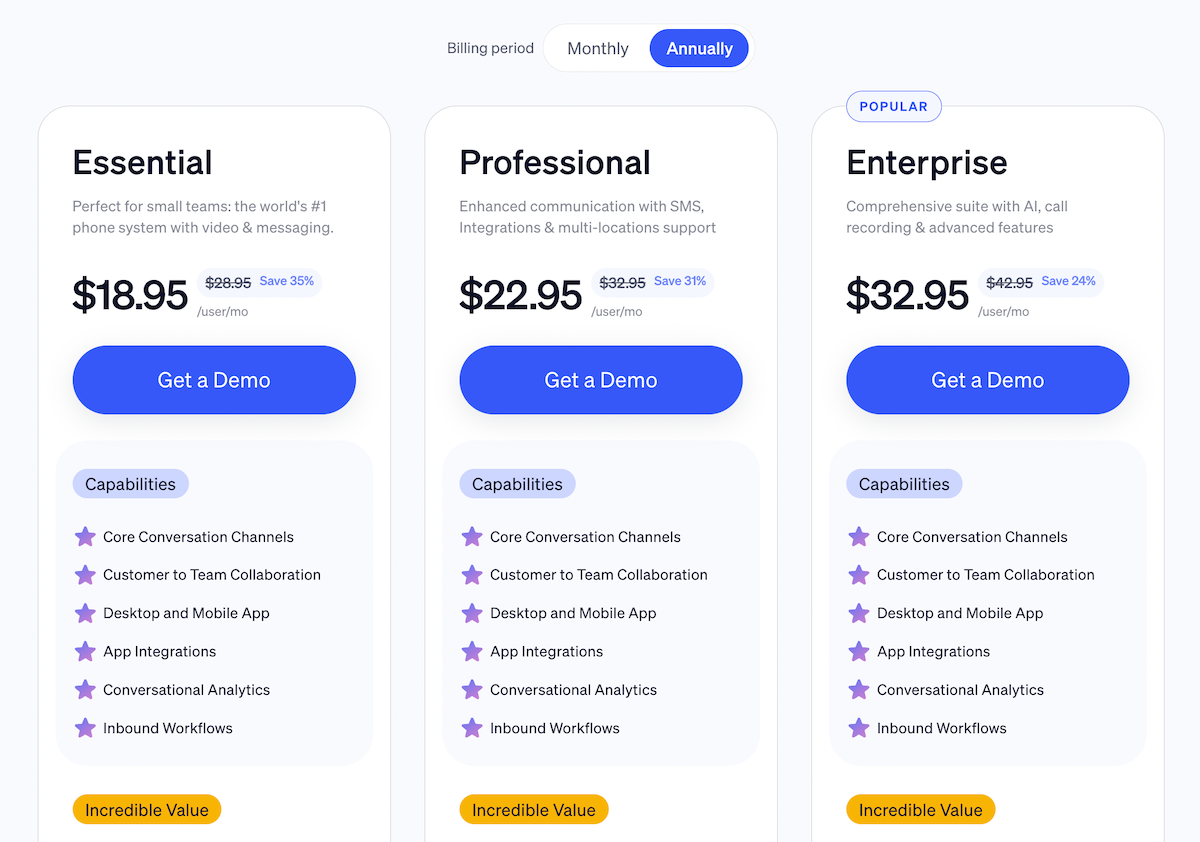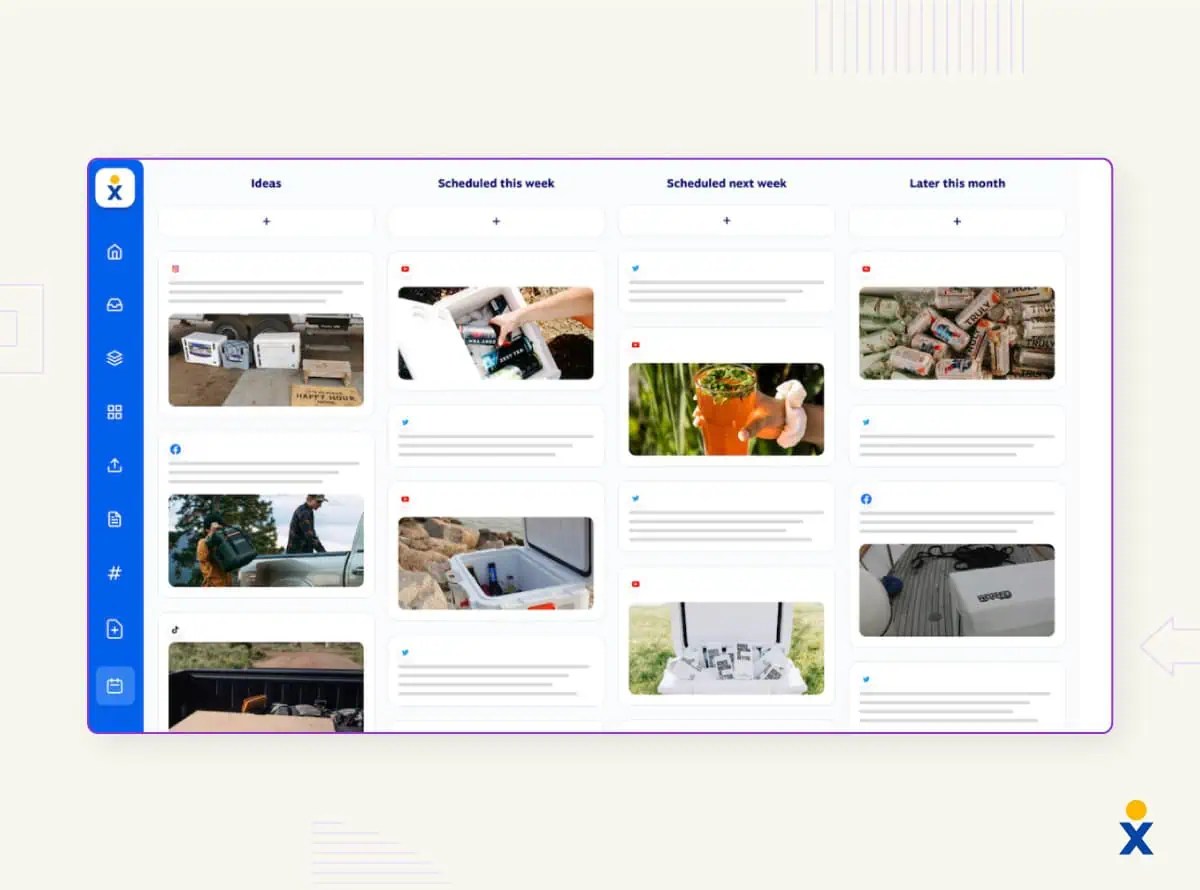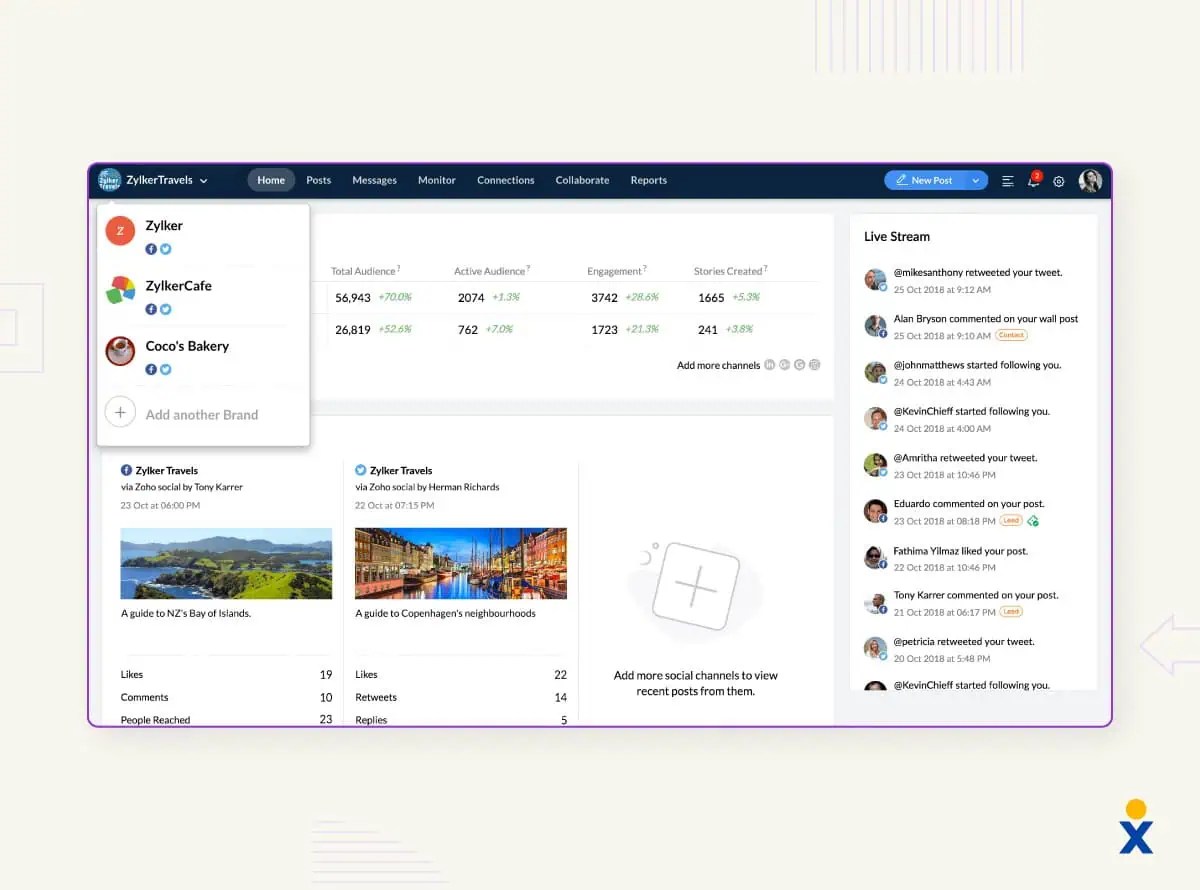What sets the best-in-class contact centers ahead of their competitors? How they deal with recurring pain points and overcome common challenges. Ensuring agent productivity and customer satisfaction will have a positive impact on the bottom line of your business.
So, what exactly is contact center optimization? And how can you get started right away? Here, we’ll cover the best practices and tools to help your team run an efficient contact center.
What Is Contact Center Optimization?
Contact center optimization is about continuous improvement to maintain standards, ensure consistency, and provide a memorable customer experience. This can be broken down into three categories:
- People
- Processes
- Tools
Some consultants and business analysts refer to this as PPT, and traditionally, each category carries the same weight. But while there’s a lot to be said for self-service and automation, we feel that people are the heart of a contact center, so let’s start there.
Optimizing Your Contact Center Through People Management
There are four key elements to consider when it comes to effective people management.
1. Workforce optimization
When you optimize agent schedules to match call volume, you ensure appropriate staffing levels. This has a positive knock-on effect on your contact center in three ways:
- Customers get through to agents without long wait times.
- Agents are productive and no longer suffer from burnout.
- Excess staff members are not needed to handle inbound inquiries, so you’re not overspending.
When planning staff schedules, think about which agents are the best fit for each role. This could involve accepting inbound calls, managing live chats only, or dealing with a mixture of several communication channels.
Also, consider your agents’ lives outside your contact center. If they have young children, can you find a shift pattern that allows them to collect their children from school and spend quality time with them? Workforce management is about more than numbers on a screen. After all, a happy employee is a productive employee.

Related: How to Improve Your Contact Center Workforce Management
2. Hiring and agent training
Any people management process starts with hiring the right people. In contact centers, these individuals typically have strong communication and problem-solving skills. They’re not likely to shy away from a tough customer, and they can get to the bottom of most minor problems.
If this doesn’t sound like your team, or it doesn’t sound like the type of agent you’re targeting during your hiring process, you need to find the root cause of this issue. Some businesses fall foul of using the same recruitment template as other departments, like billing and admin. But the roles in those departments aren’t customer-facing, so they require different skill sets.
When it comes to hiring new contact center agents, it’s not just about looking for good people. Once you hire someone, providing ongoing training to keep them up to date on products, services, and best practices is an absolute must. Failure to do so is a conscious choice to undervalue the job you’re asking your agents to do.
Instead, create a call center operations and training plan that includes a regular review of skills, product knowledge, and call center performance management.
3. Agent performance management
When you set clear contact center performance goals backed by personalized initiatives, everyone works toward a common goal: contact center optimization.
You can track how agents are performing by monitoring interactions and providing constructive feedback for continuous improvement. Lean on your call center metrics and key performance indicators to identify which agents are falling short in which areas.
Specific staff members might have poor first call resolution rates and need extra agent training. But it could also be that some sales agents have a high average handle time and aren’t suited to cold calling. A regular and holistic review could transform the shape of your call center.
Think about introducing gamification in sales environments, then gauge whether this would also work in customer service. Rewards like receiving gift cards or cash and finishing early go down a treat with everybody, but you may need to customize the rewards for different personality types.
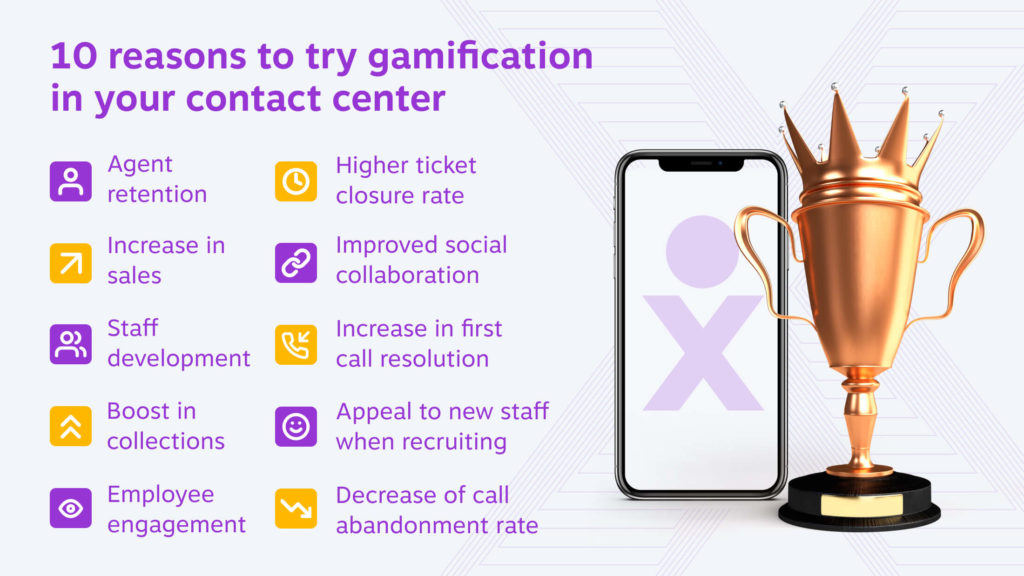
Meanwhile, using dashboards (that everyone can see) to display how certain people are performing might have the opposite effect on productivity.
4. Employee experience
Creating a positive contact center experience that motivates agents and reduces burnout is vital for performance and ongoing improvement. When you have a team of highly motivated call center agents who don’t dread coming in to work every day, you’re a step ahead of your competition.
Ensure a welcoming work environment by sharing company performance numbers and highlights, which makes employees feel like they’re contributing to the business. Moreover, nominate staff who’ve done well, and open the door for peer recognition.
Also, think about your center’s working conditions. You might need to introduce more regular breaks or offer remote working to eliminate staff members’ commutes, particularly for those who are subject to the mad rush at school time. The best way to find out what your employees need is to survey them, allowing you to gauge your internal Net Promoter Score.
| Pro Tip: Just like when asking for customer feedback, make the survey anonymous. That way, agents can say what they really feel without fearing that contact center management will judge them. You’ll soon see that engaged and happy agents correlate with customer loyalty and retention. |
Contact Center Functions That Optimize Agent Workloads
Let’s take a look at six contact center functions that make agents’ workloads a lot more efficient.
Interactive voice response
Interactive voice response streamlines the customer journey by allowing customers to reach the appropriate department or agent using automated menus. So when customers call your business, they can simply select a number to choose the most relevant option.
Not only does this provide your customer with a more efficient call but it also reduces the burden on agents who won’t have to redirect calls that aren’t meant for them. Instead, they can focus on dealing with calls that match their skills.
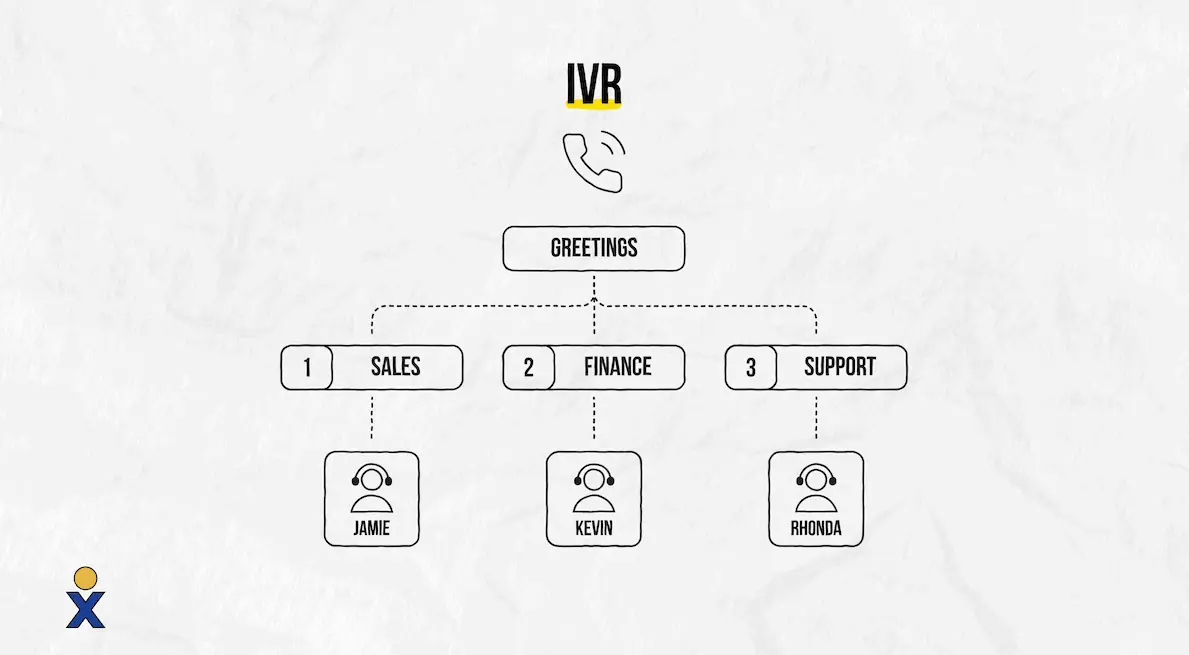
Skills-based routing
When planning your call routing, it pays to configure skills-based routing. This feature allows you to associate skills (contract renewals, first-line customer support, etc.) with each of your agents.
So when a call comes in and your customers choose “1” for sales, they’ll get routed to a sales agent rather than entering the agent lottery. You could also go even further and add a secondary menu that prompts different types of sales queries.
Matching customers with agents who have the specific expertise to efficiently handle their inquiries means both customers and agents are winners.
CRM integration
If agents have a centralized platform to access customer data, preferences, and past interactions, they can provide a more personalized experience. This will reduce the number of app switches in their day, removing the back-and-forth of information retrieval.
A centralized hub for all documentation, tickets, and purchases saves hours per week, which can then be dedicated to escalations, training, or free time. In businesses with an appetite for artificial intelligence, your CRM can even suggest why customers are contacting you.

Call recording and quality management
Recording customer interactions for training purposes, identifying areas for improvement in agent communication, and ensuring adherence to company policies are musts for all call centers.
Recording customer service calls, for example, means you have a bank of calls that:
- Keeps your business safe in case of compliance queries
- Acts as a library to demonstrate great or poor calls for training purposes
- Allows you to review agent adherence to scripts and best practices
You could start with a handful of calls or implement a formal call center monitoring program.
And, depending on your needs, you can even roll out features like speech analytics and customer sentiment analysis. These detect changes in the customer’s tone of voice and identify negative words. Once detected, you can notify supervisors who can intervene in real time or review after the event.
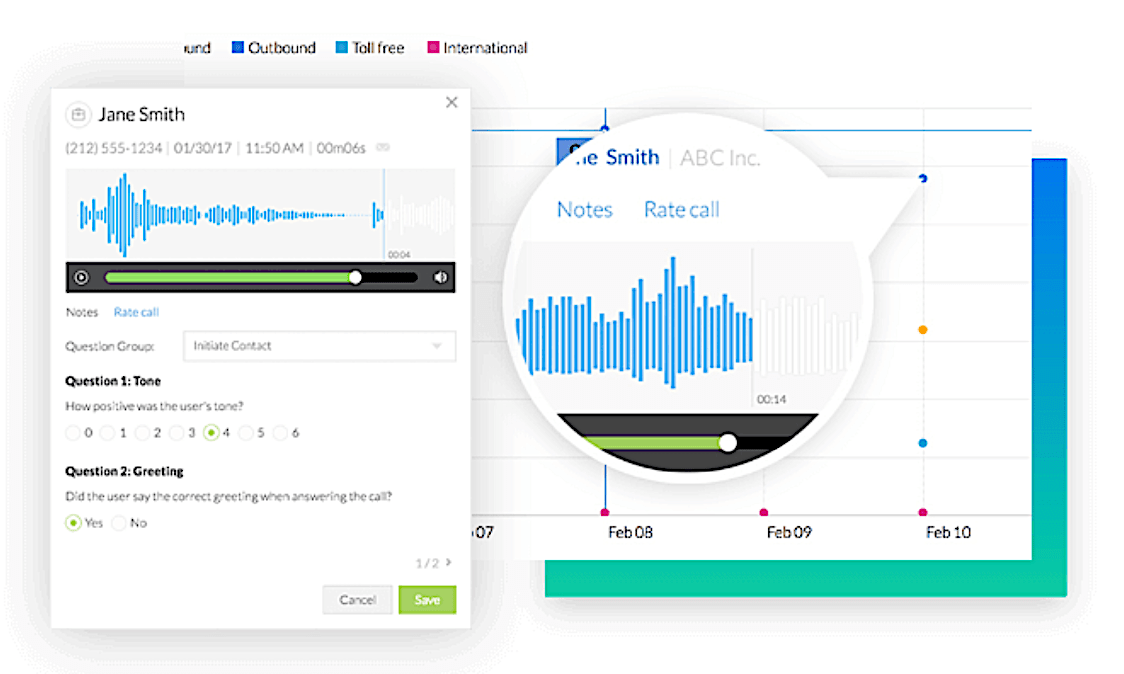
Self-service options
Self-service options empower customers to find answers and resolve issues independently through online knowledge bases, chatbots, or FAQs, and this frees agents to spend quality time on complex inquiries.
In many instances, this also means your customer gets a speedier response. There’s no queue attached to a bot, and FAQ databases can be searched in seconds. When you invest time in high-quality customer resources, you reduce the number of times customers need to speak with an agent.
| Pro Tip: If customers can’t find what they’re looking for, add an option to log a ticket or start a web chat from within your self-service area. Customers love the path of least resistance, which has as few touchpoints as possible. |

Unified communications
Unified Communications as a Service (UCaaS) integrates all digital channels (phone, email, and chat) into a single platform.
The direct result? A seamless customer experience and improved operational efficiency.
The NextivaONE app, for example, houses everything you need for all your conversations:
- Internal and external phone calls
- Instant messages with colleagues
- Voicemail and call recordings
- Audio and video meetings
- Chat and channel spaces
- Business text messages
- Contact management
- Reminder messages
- Surveys and reviews
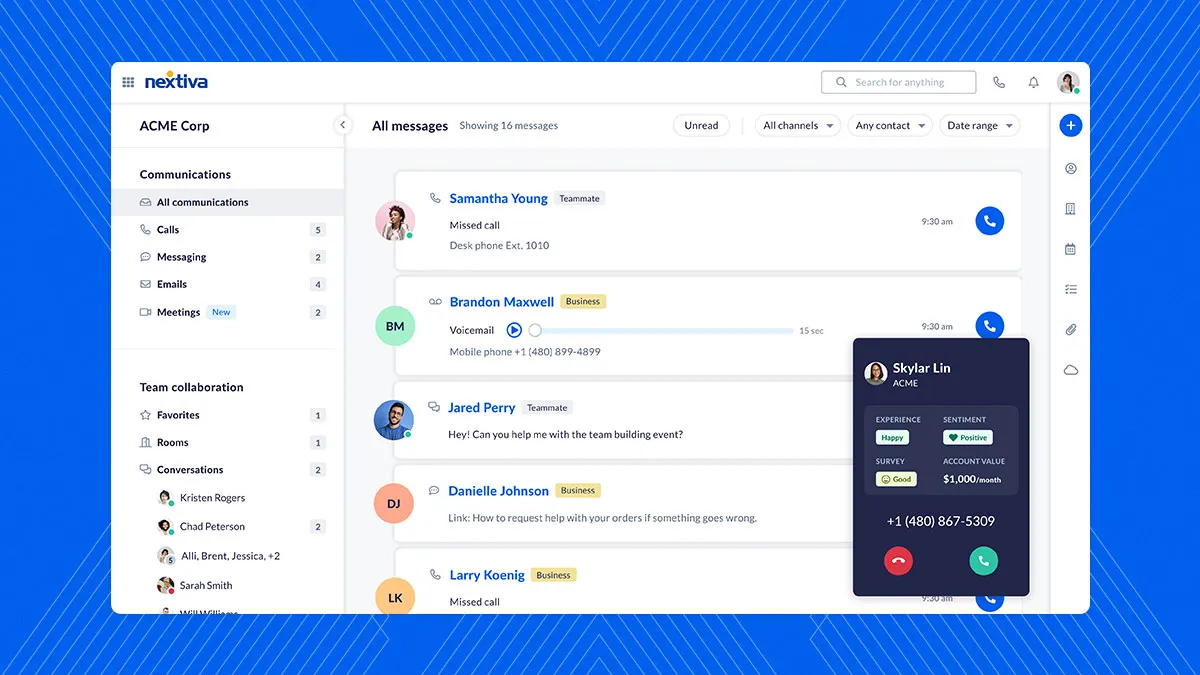
For serious contact center optimization, choose to integrate your unified comms platform with your contact center platform. This way, all conversations across your organization get tied together, and agents can get support from subject matter experts and product specialists outside your call center.
Optimizing Processes Through Playbooks
It’s one thing having great people and arming them with great tools, but they also need some workflows and guidelines to follow when things get tricky. You need a unified approach to customer service, upselling, and escalation management to ensure everyone’s on the same page. Here are a few optimization strategies you can use:
Develop playbooks for common scenarios
Create step-by-step guides outlining the best approach for handling frequent customer issues. These should include every step in the process, no matter how simple they feel when you’re documenting them.
Here’s an example: Large organizations like Toyota rely on a start-to-finish approach to manufacturing every car part. Staff must follow every documented step as part of the Six Sigma process, which is displayed around employees’ offices so there’s never any doubt about what comes next or what gets handled in which manner.
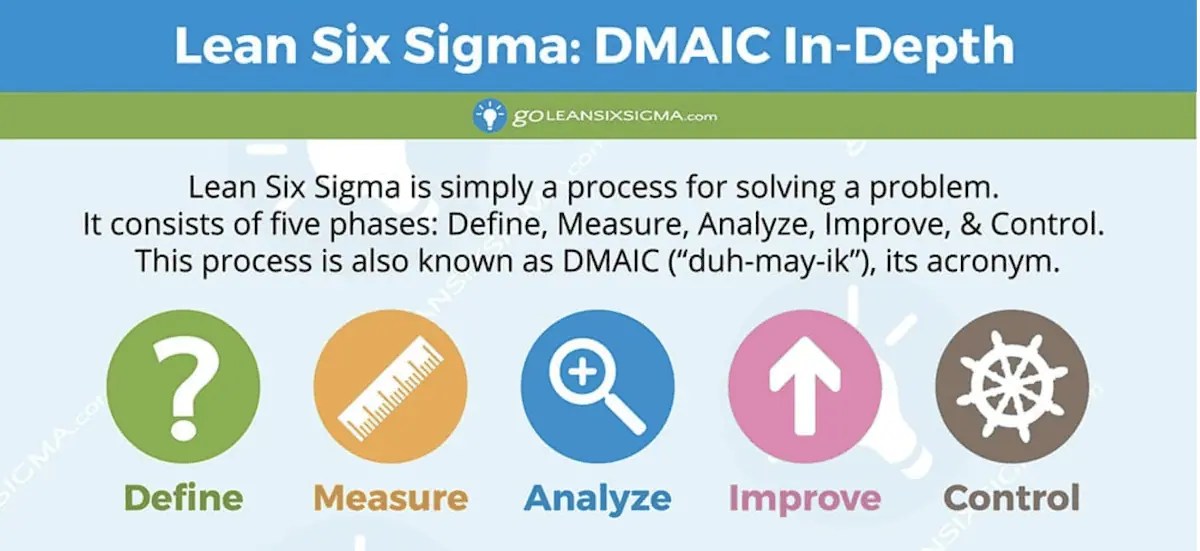
In contact centers, these playbooks should include scripting guidance, troubleshooting steps, and recommended upselling or cross-selling techniques.
In my first job, as part of my role as provisioning team leader, I set aside a few hours every week to document how to order phone lines and configure broadband routers. This became the blueprint for any new staff member and acted as a guide whenever someone needed a reminder of the correct process.
Implement escalation strategies
When something goes wrong, is urgent, or needs a supervisor’s intervention, agents must know how to escalate a call, web chat, email, etc.
Start by establishing clear guidelines for when an agent should escalate a call to a supervisor or specialist. These guidelines must be documented and updated regularly. Share them on your intranet, physical noticeboards, and via email to ensure everyone has a fresh copy.
Include the following in your escalation plan:
- Levels of escalations (P1, P2, P3, etc.)
- Criteria needed to qualify for an escalation
- Service levels to handle customer expectations
- Contacts for different types of escalation queries
- Times for when different escalation contacts are on call
This ensures that the right personnel address these complex issues without disrupting the flow of the rest of your contact center.
Contingency plans for disruptions
When system outages or peak call volumes occur, it can feel like all your optimization plans go sour, so make sure you have a tested and communicated contingency plan. Think about including the following:
- Rerouting calls (to other locations, to home users, to mobiles, etc.)
- Having backup staff available (at other locations, home, co-working locations, etc.)
- Deploying chatbots for basic inquiries (phones may be down, but the internet may still work)
Each time you suffer a disruption, document the root cause, action taken, and any potentially better action you can take next time. Bake these into your contingency plan and update all the places you’ve shared it.
When staff know they’re covered, even when the unplanned happens, they can carry on doing what they do best.
Optimization Starts With the Right Contact Center Technology
Once you’ve got the right people using the right tools and following the right processes, combine your contact center operations with best-in-class contact center software.
If remaining organized and providing efficient customer service are top priorities for you, make sure you empower your staff with all the features they need in an omnichannel platform.
There’s no point investing in call center optimization if your software crashes every time you log in. And no matter how comprehensive your process, it won’t change how agents feel when they’re lost switching between apps.
So, stay organized. Empower users. Get performance insights into everything.
Ready to optimize your contact center? Try Nextiva Contact Center! 👇

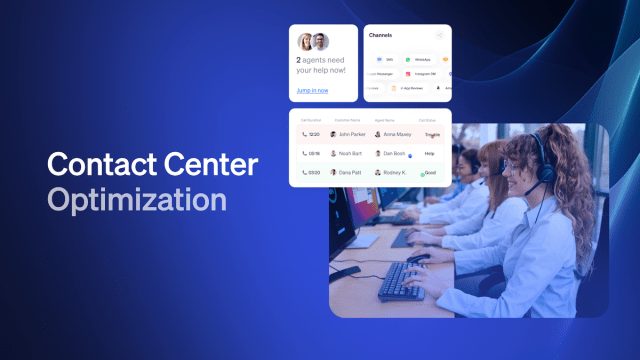
![Integrating UCaaS and CCaaS for Better Customer Experience [New E-Book]](https://www.nextiva.com/blog/wp-content/uploads/sites/2/integrating-ucaas-ccaas-customer-experience.jpg?w=96&h=96&crop=1)
